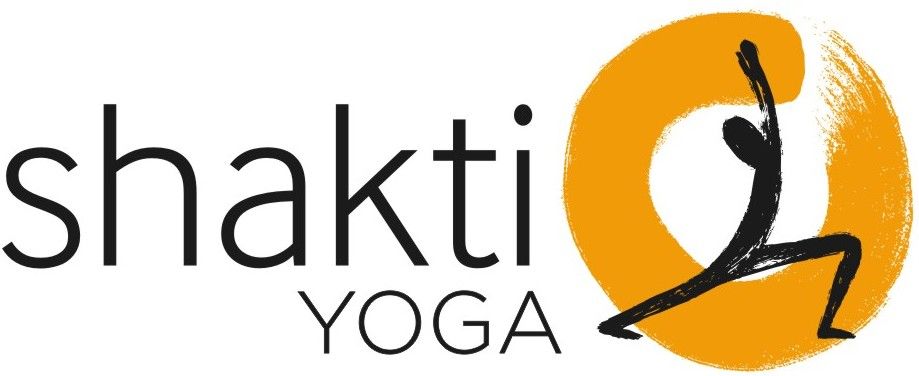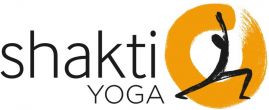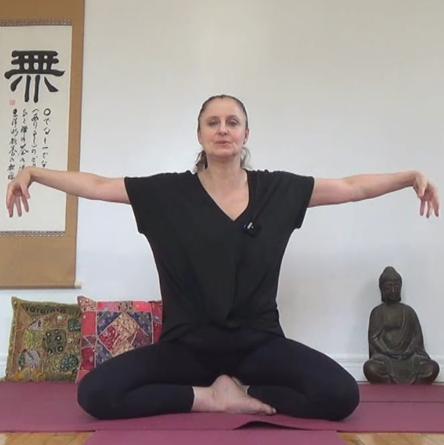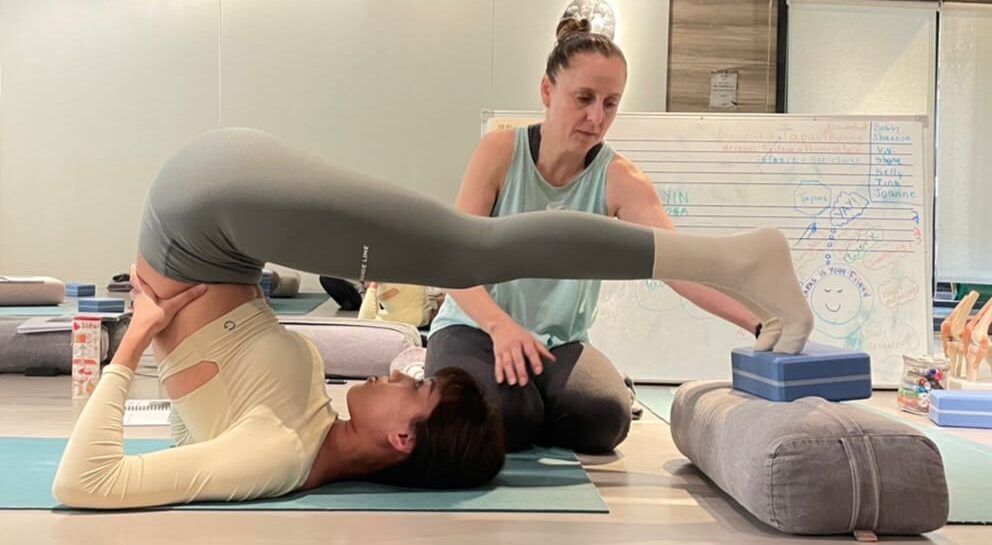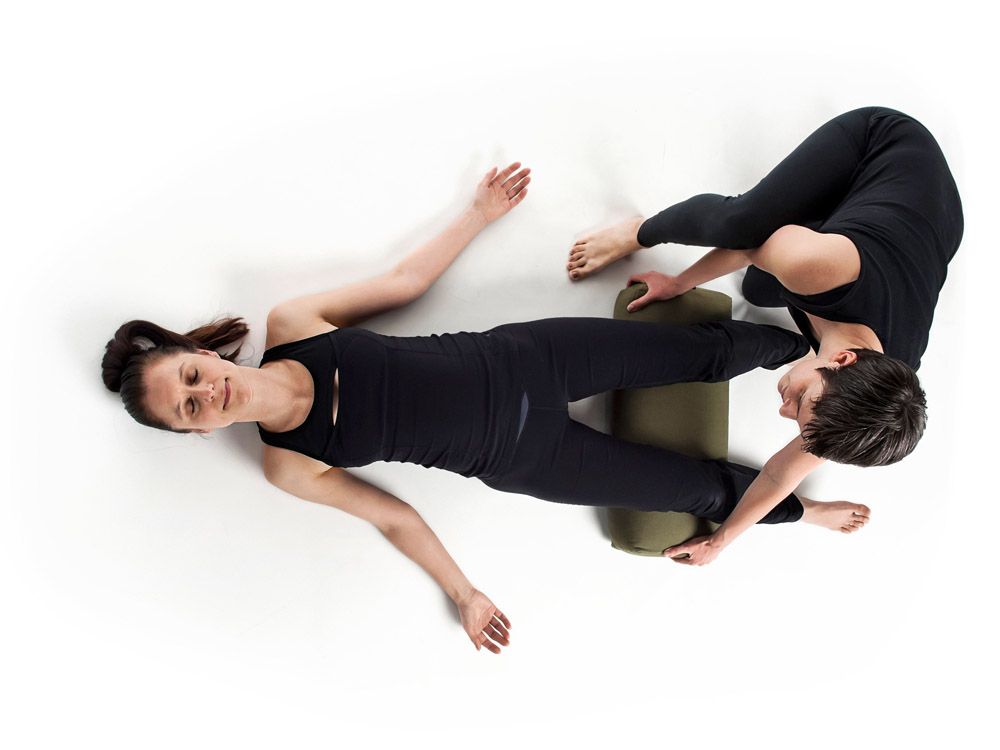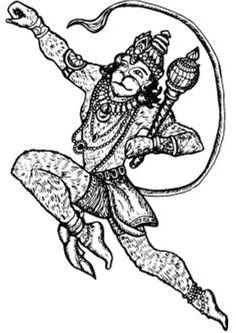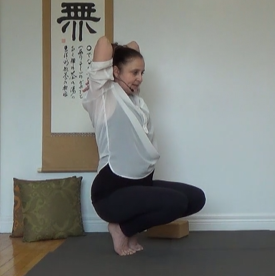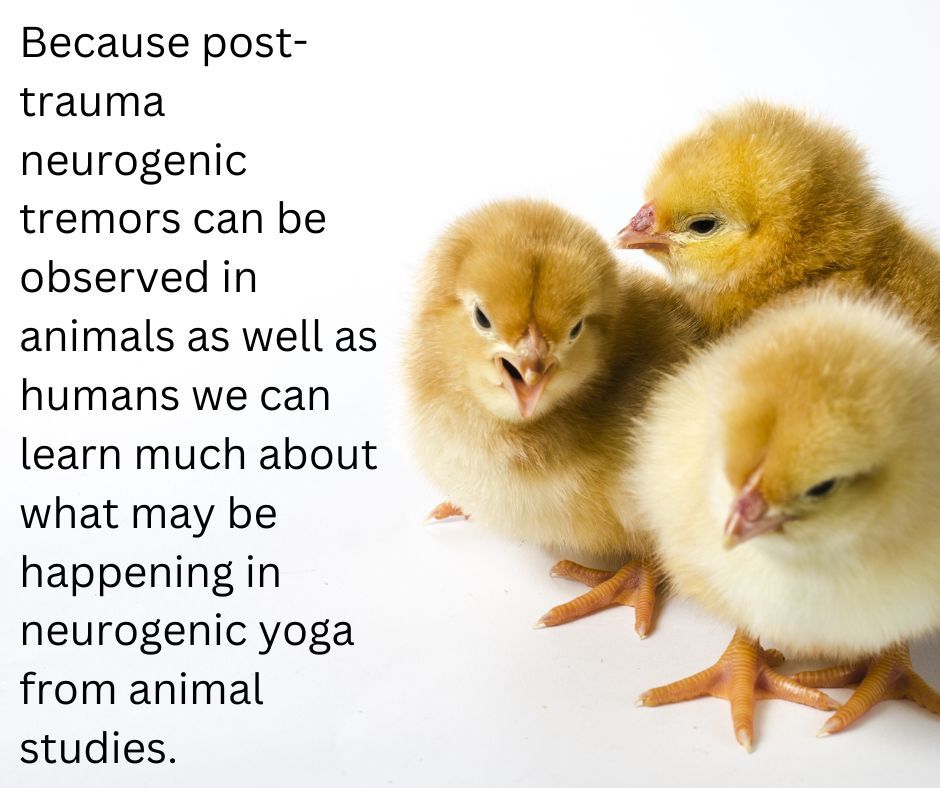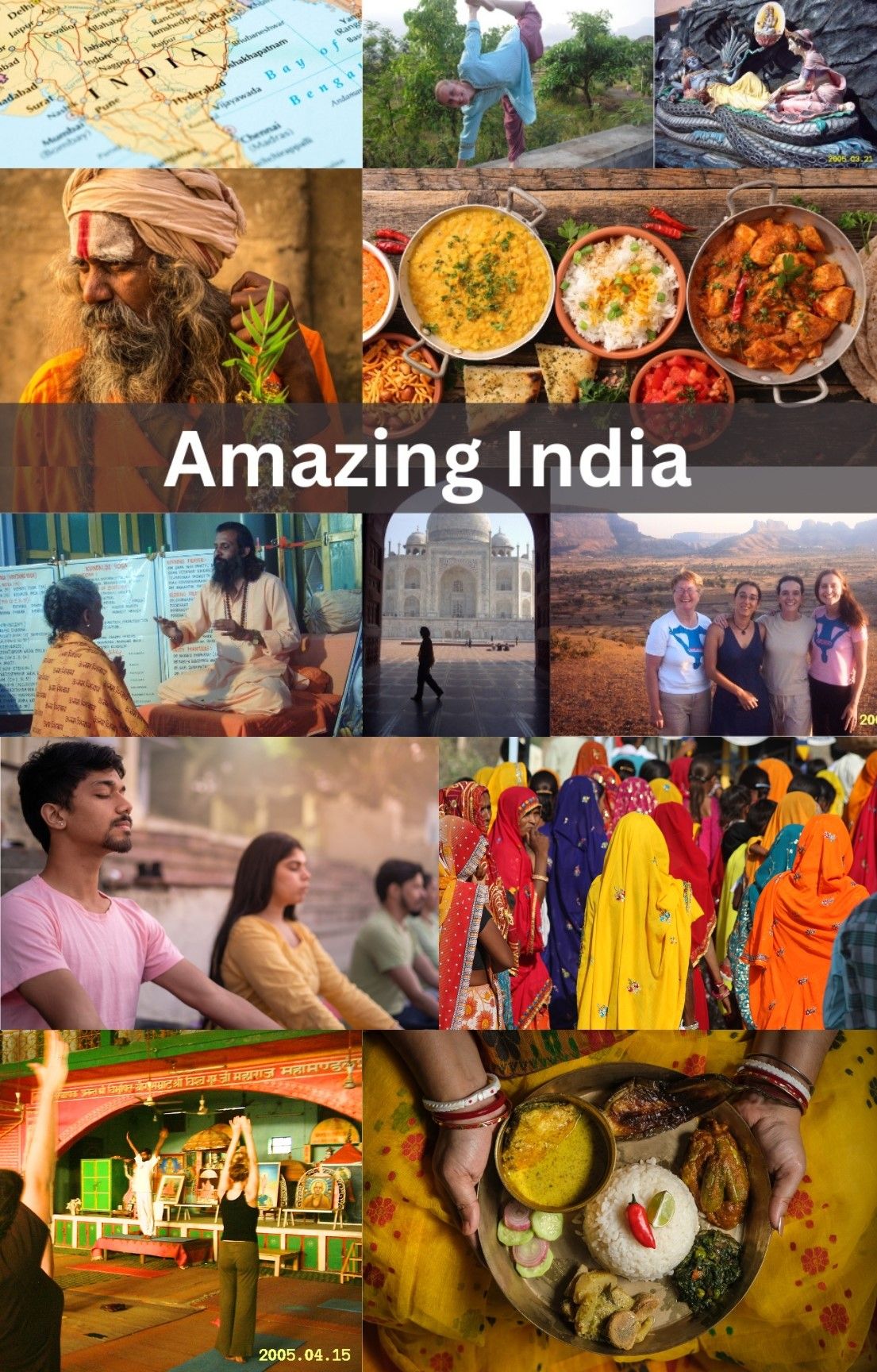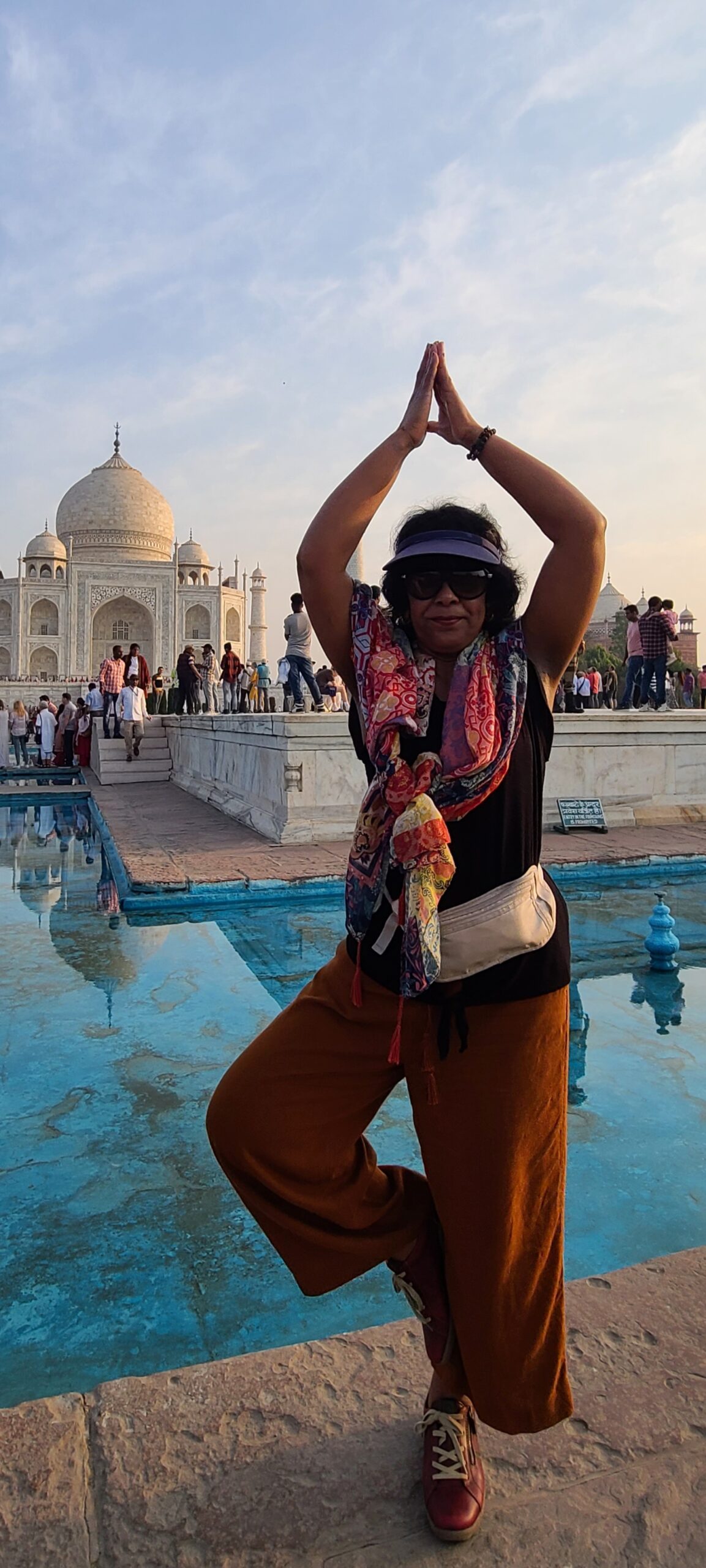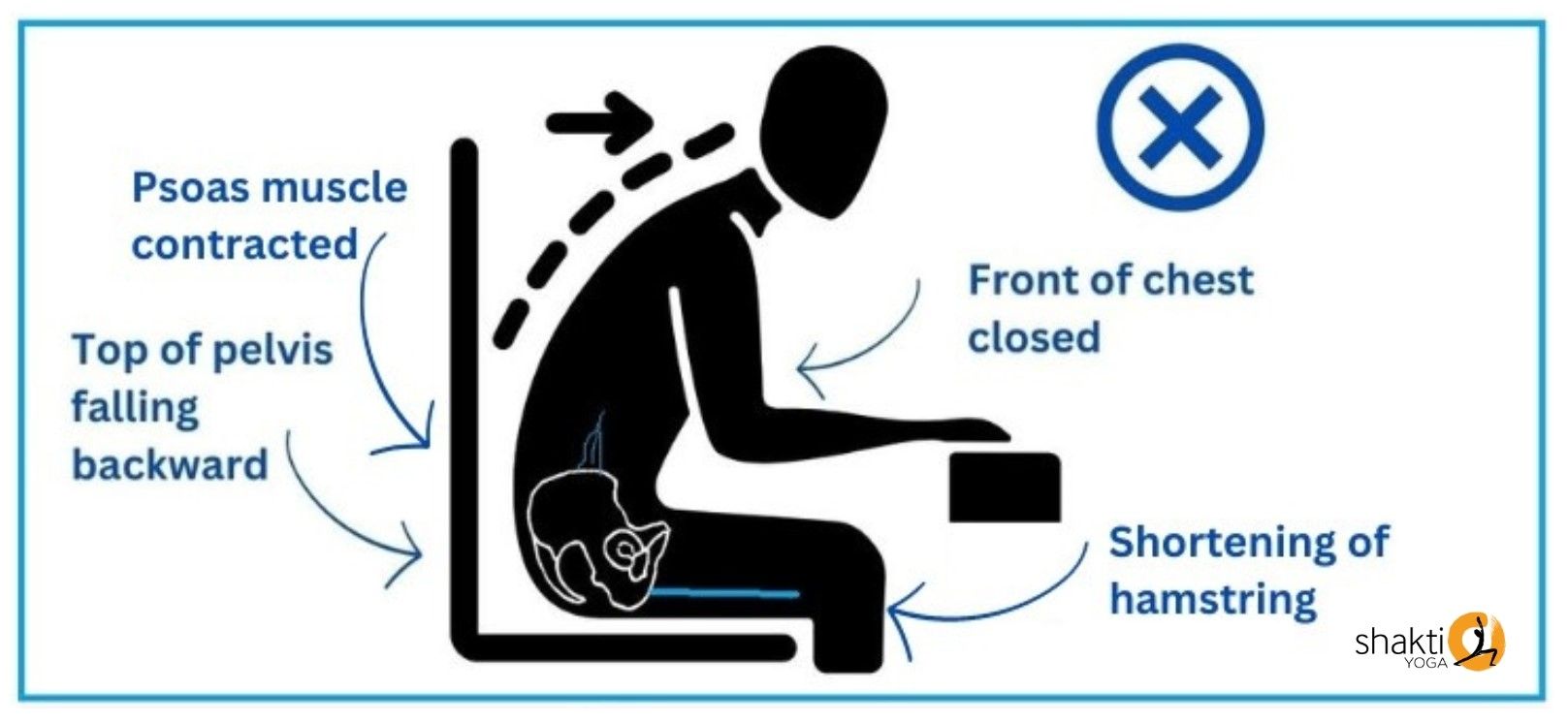Author: Bobby Bessey
Yin Yoga Teacher Training
40 Hour SHAKTI YIN YOGA INSTRUCTOR TRAINING
-
NEXT TRAINING DATES:
February 8/9 , 15/16, 2025. Two weekends Sat/Sun, 9-5pm.
Space is limited. Register below to be added to class list.
-
LOCATION:
St. John’s NL, In-person at 10 Clancy Drive, Quidi Vidi Boathouse. Live stream option also available.
-
INVESTMENT:
$600+hst ($690) CAD. $200 deposit required upon registration
-
INCLUDES:
4 days of lecture, comprehensive yin yoga instruction manual, ongoing mentorship with instructor. Counts as 40 Yoga Alliance CEUs.
-
REGISTRATION:
Space is limited so register now to reserve yours.
HOST A TEACHER TRAINING:
Shakti Yoga teacher trainings and workshops are taught in various locations within Canada, and internationally. Host this workshop in your area and save the cost of travelling to learn. Contact Bobby@ShaktiYogaMethod.com to discuss specific details on hosting this or other workshops and trainings.
Who’s This Program For?
-
Healthcare professionals who would like to add the meditative practice of yin yoga to their services.
-
Anyone looking to deepen their knowledge of this beautiful style of yoga that puts emphasis on respecting body variation.
-
Teachers of yoga who want to deepen their understanding of Yin Yoga. A style that fills gaps left by the yang yoga predominance of the modern practice. The first modern style of yoga to recognize body variation needs. Counts for 40 Yoga Alliance CEUs.
About The Program
Yin yoga is a modern-day perspective on the ancient asana teachings of India, infused with the timeless wisdom of Taoist and meridian philosophy. This blend of modern and ancient teachings will change the way you practice and teach yoga forever.
-
Comprehensive Manual
-
Learn why yin yoga is a necessary balance to the widespread predominance of yang yoga.
-
Explore the role of fascia in physical asana and energetic theory.
-
Investigate the role of bone variation and pose modification to ensure your students are safe in your yoga classes.
-
Dive deep into the anatomy of pose expression.
-
Traverse the teaching of the Tao and the insights they hold for deepening the practice of yoga.
-
Using props and modifications to ensure comfort for all bodies while holding poses.
-
Modern Meridian Theory and yin yoga energetic body considerations.
-
Sequences for Yin Yoga classes & how to create your own
-
Practical teaching and assisting experience
-
Ongoing mentoring support
-
Language analysis for yin yoga cues to direct nervous system activation. Understand how language changes the experience of a pose.
-
Incorporating Yin Yoga into other types of yoga classes
Program Requirements
Pre-Requisites
No previous yoga experience is required to benefit from this program. Variations make this style of yoga accessible to everyone who would like to learn this practice for personal development. CEUs for Yoga Teacher Specialization hours require RYT 200 status. Contact Bobby@ShaktiYogaMethod.com for clarification.
Certification
Graduates will receive a certificate showing they have successfully completed the Shakti Yoga Method 40-hour Yin Yoga Teacher Training. Approved for 40 Yoga Alliance CEUs.
Certification Requirements include:
-
Attend 4 days of lecture.
-
Read the Tao Te Ching by Lao Tzu, any translation.
-
Submit yin yoga class plan, peer observation forms, and schedule one peer class exchange to be scheduled at own convience via Zoom.
ABOUT THE INSTRUCTOR
Testimonials
Five Reasons to Study Yoga Nidra
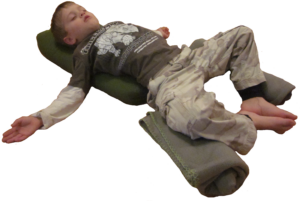 Thirty years ago as an undergrad in an Altered States of Consciousness course I watched in fascination as my lab partner swatted an imaginary fly from the hypnosis script I was reading.
Thirty years ago as an undergrad in an Altered States of Consciousness course I watched in fascination as my lab partner swatted an imaginary fly from the hypnosis script I was reading.
I remember thinking “This is a big deal!” Yet somehow the significance of this experience faded into the background of degree finishing and other life priorities for almost a decade. Fast forward to me lying on a straw mat in an Indian ashram listening to sounds from the other side of the earth. I am able to do this because my Guru Ji, in his thickly accented yoga nidra instruction voice, had suggested I could. This far eastern experience reignited my undergrad passion for the mystery and power of the subconscious.
It was at this point that my psychology background, yoga experience, and deep belief that we are more than our conscious thoughts, began to merge. I began a decades long yoga nidra study that included personal practice, coursework, and instruction. I can honestly say that this ancient guided meditation technique more powerfully informs my yoga teaching, personal interactions, and parenting than any other yoga practice. There are so many reasons why I think everyone should try this ancient practice. Here are just five.
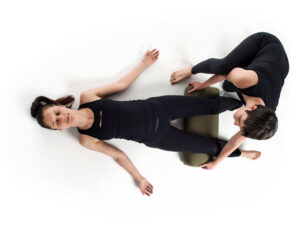 Get Deep and Profound Rest
Get Deep and Profound Rest
Yoga nidra is a state of brain wave activity that is just above deep sleep. While actual sleep can be disrupted by stressful dreams, repeated waking, teeth grinding, or tossing about, yoga nidra brings a consistent restful state. Yoga Nidra avoids such rest interruptions by bringing one to a theta brainwave sleep-like state that induces sleep-like relaxation, without fully going to sleep. Verbal guidance keeps the participant hovering just above deep sleep, or delta wave activation. The imagery used conveys a sense of safety to the deep consciousness. This allows the body to experience deep rest without the interference that some sleep experiences can bring.
2. Transform thought Patterns, and Make Emotional Shifts
We often maintain patterns of thoughts, behaviors, and emotions that hold us back from complete health and wellness, even when our waking mind is aware of this fact. A good example is the new year’s resolution. It is made because we perceive the action or habit that we are hoping to change is not contributing to our happiness, yet we rarely follow through. This is because we make the commitment with our most conscious layer of mind (in upper level beta brain wave activation). The message does not make it down through all the layers of consciousness. When the whole brain and nervous system are not involved in a decision follow-through is unlikely to be successful. To explore why we can hold so tightly to unhealthy patterns, and to discover how we might unravel them, we need to “talk with” the nervous system at every level of activation. I frequently use yoga nidra to help clients release fears, and optimize physical, mental, and emotional function in a variety of situations. For example, removing anxiety about birth, or transforming a fearful situation into manageable setting. With regular practice long held physical aches can release, unwanted habits may begin to shift, and more.
3. Heal Yourself & Your Loved Ones
Why we get sick is multi-faceted and complex beyond the understanding of even today’s advanced medical science. What we do know however is that anxiety and stress can cause, or significantly impair, our body’s ability to function in general. This includes both the processes that help us avoid illness, and those that aid the healing process. Yoga Nidra calms the nervous system, which turns on the body’s healing (para-sympathetic) response. This triggers increased availability of physical resources to heal imbalance, illness, and injury. The placebo effect is an incredibly well studied phenomena that proves we can potentially heal sickness by what we think. This is why all drug studies must include a placebo group. Scientists know that a large portion of any drug study group is going to get better just because they thought they would! Yoga nidra works to tap into this underutilized human super power. What we think changes our state of wellness, both emotionally and physically. And the best news is that this practice can be done by anyone. A facilitator can whisper yoga nidras into the ear of someone who is lying in a hospital bed. One could listen to a yoga nidra recording while reclining in a cushy chair.
4. Help Ease Anxiety in Children (and Adults)
Did you know that children may be the most powerfully impacted by Yoga Nidra (guided relaxation) meditation? They spend more awake alert time in alpha and theta brainwave activation and so are most easily able to visualize with real-life-like clarity. This can result in powerful healing and calming responses. Imaginary friends are a good example of this. Some of my most profound responses to yoga nidras have come from elementary school children. One little girl told me recently, “You just made all the sadness in my body disappear”. As a parent I have used this technique when my children were sick or anxious to induce calm and reduce discomfort. Bedtime is a great time to use this technique. Short yoga nidra techniques can even be taught to children to use on their own in stressful situations.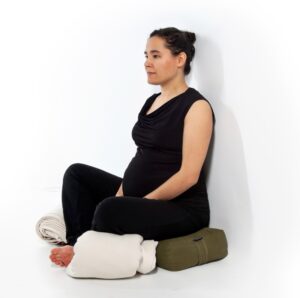 5. Utilize the “Swiss Army Knife” of Wellness Tools
5. Utilize the “Swiss Army Knife” of Wellness Tools
Yoga nidra is the most versatile of yoga tools, and can be used for many purposes. Some do this practice to relax more deeply, others to heal from trauma. One day you can explore your psyche using Jungian style archetypal images, and the next prepare for an easy birth. In the same class one participant may report feeling a long held physical ache release, and another may obtain insight that allows them to make an important life decision. There are also energetic uses such as connecting with spirit guides, and loved ones who have passed. Past life regression and manifesting can also be explored with this technique. The usages of yoga nidra are limited only by your imagination and interest. Some focus on mainstream uses, others use yoga nidra to delve into a mystical exploration.
My two decades of exploring this topic have become the contents of the Shakti Yoga Nidra Teacher Training (2 Weekend Days). This training is suitable for yoga teachers, school teachers, medical professionals, social workers, and any other professional who wants add this technique to their tool kit. Also welcome is ANYONE interested in using this practice with friends, family members, or themselves, even if they have no yoga experience.
Go to this link to the 2024 Shakti Yoga Nidra Teacher Training Page the for more info or to register and hold your space. Contact Bobby@ShaktiYogaMethod.com if you have any questions.
Ancient Text Modern Relevence
Timeless Wisdom From the Ramayana
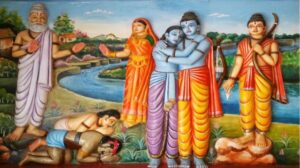
Many are introduced to yoga through yoga asana, breathing techniques, and meditation techniques. All of these practices bring myriad physical, mental, and emotional benefits. It is, however, with the addition of India’s traditional philosophical texts that one can understand the full extent of yoga’s capacity to enhance wellness.
One such narrative is the Ramayana. Thought to have been composed around the 8th century BCE by Maharishi Valmiki, it is the life story of Lord Rama, the seventh reincarnation (avatar) of Lord Vishnu. This important historical epic has heavily influenced the religion, philosophy, and ethics of Indian culture. Its teachings continue to have relevance for even the modern-day spiritual aspirant.
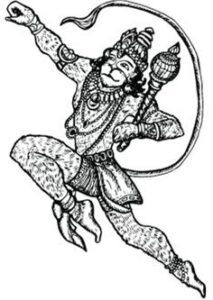 This epic tells the story of Lord Rama’s exile from his country, the fantastic adventure and challenges that ensue, and finally his return home. For yoga students in the West the best-known portion of this story is probably when Hanuman (the monkey god) leaps from India to Sri Lanka to retrieve Rama’s kidnapped wife, Sita.
This epic tells the story of Lord Rama’s exile from his country, the fantastic adventure and challenges that ensue, and finally his return home. For yoga students in the West the best-known portion of this story is probably when Hanuman (the monkey god) leaps from India to Sri Lanka to retrieve Rama’s kidnapped wife, Sita.
This famous leap symbolizing selfless love and devotion to Lord Rama is the inspiration for the full split yoga pose entitled Hanumanasana.
The Characters of the Ramayana display extraordinary examples of devotion, courage, patience and ethics in the face of great suffering. The teachings of this story are many, and they continue to be transferable to trials and tribulations of today’s context. It is a timeless teaching that gives direction and hope as one maneuvers the complexities of existence.
While the symbolism of this epic encompasses much wisdom, one of the most commonly studied topics is the nature of selfless love. The Ramayana is sometimes described as an example of the triumph of good over evil, or of love over adversity. Selfless love is presented as a source of immense power and strength in the darkest hours of one’s life, and ego as a source of suffering.
The ego of the demon Ravana led him to care only about what he could gain from the people and the resources around him. In contrast, Hanuman’s actions exemplified selfless love and devotion which conquered ego and allowed for a return to love.
 These teachings are not meant to be studied in isolation, or even from a book for that matter.
These teachings are not meant to be studied in isolation, or even from a book for that matter.
They are born of living oral traditions, that are meant to provide fluid insights relevant to different situations, people, and times. This epic is ancient wisdom best studied with a teacher, and/or with a group of seekers. The Ramayana holds great universal truths meant to be a stimulus for contemplation as one’s life situation and spiritual maturity shifts. The Ramayana brings different insights to me today than it did when I originally studied it a couple of decades ago.
Today I return to Hanuman’s example of selfless love in daily interactions when I find myself withholding love and acceptance until someone acts as I want them to. This includes interacting with a life situation that is not as I desired it to be. The Ramayana reminds me that withholding love and acceptance because someone or something is not as I anticipated it should be is a recipe for pain and anger. It is an act of self love to detach from depending on the state of other people or the world when deciding when to act in love. The insightful Ekhart Tolle teaches us to approach every situation as if we had chosen it. This does not mean that we have have sit back and take everything as it comes. As Hanuman’s example of active interaction with the world demonstrates, one can be devoted to selfless love and acceptance without necessarily remaining passive, indeed even selfless love is a conscious active decision.
I invite you all to ponder the ways in which you may be withholding love and acceptance in your interactions, attitudes and relationships as you continue to navigate the complexities of the human experience.
If you are interested in more deeply contemplating the Ramayana with a dedicated group of yoga students, and in the location that Lord Rama and his wife Sita were exiled you might want to consider joining Bobby’s Shakti Yoga retreat in Nashik India March 2024. This will be a true ashram retreat, with a deep dive into the Ramayana, and for those interested in such things, an opportunity to accumulate 80 Yoga Alliance CEUs or 100 hours of study toward a Shakti 300 hour Yoga Teacher Training certification.
Tips From a Chick on Using Stress to Get Healthier!
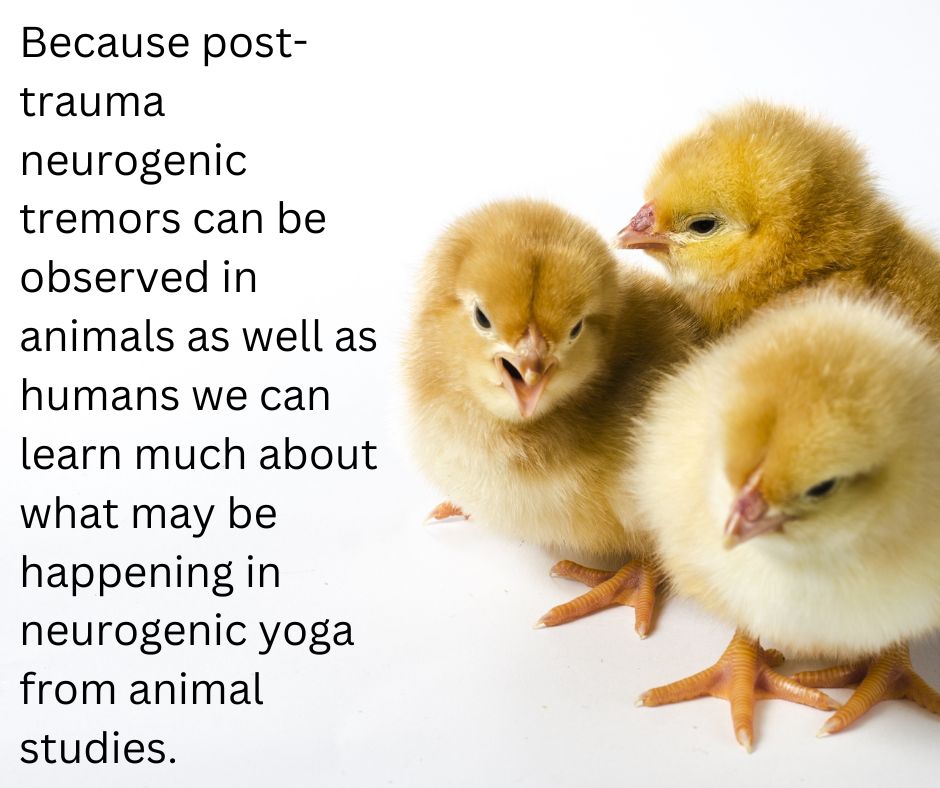 In somatic based therapies like Neurogenic Yoga™ it is understood that the mind and body share the role of holding and releasing stress. Indeed many students initially come to Neurogenic Yoga because talk therapy alone has failed to assist them in fully releasing and recovering from tension and trauma.
In somatic based therapies like Neurogenic Yoga™ it is understood that the mind and body share the role of holding and releasing stress. Indeed many students initially come to Neurogenic Yoga because talk therapy alone has failed to assist them in fully releasing and recovering from tension and trauma.
Many arrive at my Neurogenic Yoga™ classes seeking to let go of whatever is holding them back from returning to a previous level of physical and mental wellness. One of the first things that I share is that we are working toward something even more valuable than simply returning to a previous state of wellness. Neurogenic Yoga™ actually sculpts the nervous system to become stronger and more resilient than it has ever before been.
How does Neurogenic Yoga™ do this? By combining yoga poses and breathwork with the body’s natural therapeutic shaking response. The human (and animal) nervous system has an instinctual shaking response that is genetically coded to help us discharge long-held tension and trauma. It is an unconscious muscle contraction that restores the body to wholeness after stressful or traumatic events.
This vibration and shaking automatically occurs when the nervous system identifies that the body has responded to a threat and now needs to release. Unfortunately, the negative social constructs that see shaking and tremoring as a show of vulnerability or weakness, mean that this innate release mechanism is conditioned out of us at a very early age. Neurogenic Yoga™ reawakens the body’s intrinsic release mechanism to optimize health and wellness.
As a birth doula it is not unusual to see a birthing mother begin a minor or full body tremor during or after the late stages of birth. The usual compassionate response of their caregiver is to immediately cover her in heated blankets to stop the shaking, even if she has not reported feeling cold. Unfortunately however the unspoken message conveyed by this kind act is that these tremors are not good; that she should try to stop them from happening. We might also see this misunderstanding of the therapeutic value of tremor in an attempt to stop a child from shaking after a scary dream or accident rather than allowing it to happen. A better approach would be to assure them that the tremors are ok; that this is how the body will bring them back to calm.
 The fact that post trauma tremors can be observed in animals as well as humans gives us opportunity to learn much about what may be happening in neurogenic yoga from animal studies. One example is a study done by with baby chicks by a researcher often called “The Father of Stress”, Hans Seyle.
The fact that post trauma tremors can be observed in animals as well as humans gives us opportunity to learn much about what may be happening in neurogenic yoga from animal studies. One example is a study done by with baby chicks by a researcher often called “The Father of Stress”, Hans Seyle.
He gave baby chicks a swim test and then exposed them to a “trauma” (held them upside down). Following the swim test they were either allowed to tremor, or held by the researcher so that the natural tremor effect could not occur. The control chicks performed the same before and after the swim test having had no intervention. Chicks who were held after the trauma and not allowed to tremor performed poorly on their second swim test (some sank!). Most interesting however is that the chicks who were given trauma, and then allowed to tremor, actually performed BETTER after the trauma than they did on the initial swim test. They had more endurance and could easily swim longer.
What this study teaches us is that allowing the tremor response that we have spent a lifetime trying to stop is key to not only releasing the negative aspects of stress, but also leaves our nervous system better equipped to overcome and recover from future traumas!
In Neurogenic Yoga™ we work to trigger the natural tremoring response. Much like the baby chicks in the third group our goal is to go beyond simply performing as well as we did before our original stressor. Like those resilient chicks, we are working toward becoming better than we have ever been at recovering from future stress and trauma!
Find out how you can experience the restoration of goodness that Neurogenic Yoga™ brings at ShaktiYogaMethod.com. Shakti Neurogenic Yoga™ classes take place weekly at 7pm on Monday evenings at the Yoga Kula Co-op in St. John’s, Canada. If you do not reside in St. John’s, private and group sessions may also be booked virtually.
Calming Chocolate Date Bark
A Sweetly Ayurvedic Approach to Calming the Nervous System
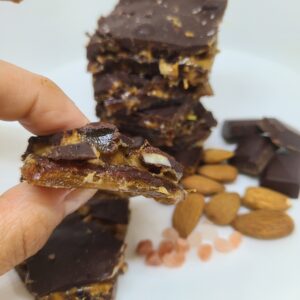 The approach of Autumn brings not only a change in weather but also a shift in lifestyle pace. From an ayurvedic (ancient Indian medicine) perspective both of these things increase vata energy, which has the characteristics of movement, and deficiency. This no-bake, easy to make, lunch box treat is sure to keep you nourished and grounded as September begins. They do have nuts though so will not work for elementary school lunch box treats, but that just means more for you!
The approach of Autumn brings not only a change in weather but also a shift in lifestyle pace. From an ayurvedic (ancient Indian medicine) perspective both of these things increase vata energy, which has the characteristics of movement, and deficiency. This no-bake, easy to make, lunch box treat is sure to keep you nourished and grounded as September begins. They do have nuts though so will not work for elementary school lunch box treats, but that just means more for you!
I am aware that dates are not an exciting snack food for everyone, but this date bark is waaaay tastier than it sounds. It kind of reminds me of a snickers bar (but better!). Nutrient dense dates provide fuel for increased the activity as back-to-school season ramps up. The addition of almond butter and almonds adds a nervous system calming effect. As if that wasn’t enough of a reason to whip these up, the chocolate will increase the dopamine, serotonin and endorphins in your system. [1]

Ingredients:
Medjool Dates (must be Medjool)
Almond Butter (or your favourite nut butter)
Crushed Almonds (or other nut)
Melted Dark Chocolate
Himalayan Rock Salt
*Prepare an amount to fit the size of chosen pan
How to make
- Wash and destone enough medjool dates to cover the bottom of a wax/parchment paper lined pan.
- Press the dates open side down with hands or a kitchen tool
- Spread a layer of almond butter over the dates (I have seen peanut butter used, almonds are the best ayurvedic choice for nervous system calm. I am sure any nuts or nut butter would work).
- Crush almonds and sprinkle over the almond butter.
- Melt dark chocolate and spread a layer over the crushed almonds.
- Sprinkle Himalyan rock salt over top
- Put in refrigerator overnight
- Enjoy!
India Ashram Retreat
In the Footsteps of Rama:
Embracing the Path of Wisdom, Virtue and Inner Harmony.
Not your yoga usual retreat!
Join Bobby Bobby Bessey, B.Sc., E-RYT 500, RPYT, Yoga Teacher Trainer, for an immersive two weeks of awe and self-discovery. Dive deep into the heart of India’s ashram culture, savour its diverse cuisine, and lose yourself in a land of ancient wisdom and world heritage sites.
You will begin in the bustling city of Mumbai (Bombay), and travel onward with your group to an ashram nestled beneath the hilltop birth place of the Monkey God Hanuman. Spend 10 days immersed in traditional yoga lifestyle and wisdom, studying with Bobby, Guru-ji and other experienced spiritual guides. Ashram schedule is interspersed with day trips to ancient sites that will bring study topics to life.
Finish this life-changing experience with a guided tour of India’s most famous cultural sights and cuisine. This journey is designed to be much more than a tour. It is an opportunity for profound personal transformation, set against the backdrop of India’s rich spiritual, cultural, and culinary heritage.
-
ASHRAM RETREAT AND INDIA TOUR DATE:
March 3-17, 2025
-
LOCATION:
Mumbai (Bombay), Nashik, Jaipur, Agra (Taj Mahal), and Delhi.
-
INCLUDES:
- Arrival support in Mumbai and ongoing assistance for duration of tour.
- Transit from Mumbai to ashram
ACCOMMODATIONS (16 days) - 11 nights shared ashram accommodations
- 2 nights hotel Jaipur pink desert city
- 1 night hotel Agra Taj Mahal city
- 2 nights hotel New Delhi
FOOD - Three organic, fresh, locally made ashram meals daily during 10 day Ashram stay.
- Breakfast at hotel in Jaipur, Agra, & Delhi.
YOGA ASHRAM ACTIVITIES - Daily morning and evening asana, pranayama, meditation classes
- Daily Yoga Nidra
- Daily sunset havan ceremony (mantra)
- Daily Lectures/theory/philosophy
- Experienced Instructors in an Ashram setting
- Study the Esoteric teachings of the Ramayana (100 hours)
- Daytrips to sites in the Ramayana to enhance the learning experience
AYURVEDA - One Ayurvedic oil massage treatment
- Access to onsite ayurvedic treatment center
- Experience ayurvedic approach to eating in all ashram meals.
YOGA ALLIANCE - Up to 100 Yoga Alliance CEUs* and Shakti Traditional Yoga Studies Certification.
DAYTRIPS AND TOURS - Nashik day trips from ashram
- Daytrip to Lord Rama’s bathing Ghat on Sacred Godavari River
- Daytrip to Ram & Sita’s cave dwellings
- Daytrip to Trimbakeshwar Shiva Temple
- Daytrip to Pandev Leni Buddhist Rock Caves
- Daytrip Trek to Hanuman’s Birthplace Hilltop
- Flight from Nashik to Jaipur
- Jaipur tour (1.5days), Amber Fort (a UNESCO World Heritage Site), Hawa Mahal (Palace of the Winds), City Palace, Jantar Mantar Observatory (a UNESCO World Heritage Site), Patrika Gate, Birla Temple.
- Akbar’s Palace tour (0.5days) Abhaneri Stepwell and Akbar’s desert Palace; Fatehpur Sikri & Harshat Mata Temple
- Agra Taj Mahal Tour (1 day)-sunset & next day sunrise at the TAJ MAHAL, Agra Fort Itimad-ud-Daulah’s Tomb
- Delhi Tour (1.5 days) Old and New Delhi. Rickshaw ride in Chandni Chowk, Old Delhi’s most bustling market, Red Fort, India Gate, Mahatma Gandhi resting place, Humayun’s Tomb, Qutub Minar
- Airport transfer on last day.
*Participation in all yoga activities, daytrips, and lectures are optional.
*Study hours may go toward Module one of three-part 300hr Shakti Traditional Yoga Studies YTT. Contact Bobby for details.
*Jaipur, Agra, & Delhi based on double room booking. Single room upgrade option available.
*Tour locations may be adjusted to fit group interests. -
NOT INCLUDED
- Airfare from your country to Mumbai, health insurance, travel visa, personal excursions, tourist site entry fees. Expenses associated with early arrival to Mumbai if applicable. Anything not listed above.
-
INVESTMENT:
$2990+hst CAD
Space is limited to 12 participants. A deposit of $500 is required to hold your spot.Early Bird Price $2890+hst CAD before Sep 13, 2024
-
WHAT TO BRING:
Clothing appropriate for hot, dry temperatures. Include yoga clothing for asana classes. head scarf, hat, sunglasses, at least one outfit of loose, modest, temple-appropriate attire. Comfortable shoes appropriate for easy hiking, and *sandals that are easy to slip in and out of (important for ease of moving around the ashram). Yoga mat, easy to carry luggage for getting in and out of cars, etc. Mosquito spray, sunscreen, sunglasses.
-
REGISTRATION:
Register by filling in the registration form at the link below. This form and a $500CAD deposit will be required to hold your space. Send emt to Payments@ShaktiYoga.ca. Contact Bobby@ShaktiYogaMethod.com if you have any questions about this process or the retreat in general. *Non-Canadians please contact Bobby for deposit payment method options.
Experience Details
The ashram is located in a breathtaking rural area just a short drive from the city. There is a beautiful view from every direction, with a small village nearby. 100% organic fruits, vegetables, nuts, legumes, beans and grains are grown onsite and prepared for the ashram by women at the nearby village. Evening walks to the ashram hill to view sunsets are a highlight. Guruji was a student of Swami Satyananda Saraswati and continues to follow and teach the Bihar school of yoga traditions.
Accommodations are clean and basic comfort ashram style. Rooms are shared with 3-4 people per cabin. Bathroom is shared. Each person has a single bed with mosquito nets, a storage locker for personal items, and a privacy curtain. There is no air conditioning in the rooms. It will be hot so come prepared with cool sleeping attire. It tends to cool a little in the evenings.
While all yoga classes, lectures, and excursions are optional, even when relaxing at the ashram it is important to respect all ashram rules. There is absolutely no alcohol or drugs allowed on premises, meal times are for silent contemplation, no noisy behavior at night, etc. Shirts should cover shoulders (t-shirts fine). In general simply following common sense behavior codes for a spiritual community.
There will be a full day of yoga study options and/or excursions available that begin at sunrise and conclude with satsangs, mantra or other activities appropriate for end of day. All of these activities are optional. You are free to relax in your room, or elsewhere on the ashram if desired.
Participants will meet in Mumbai and be provided support in connecting with transport from Mumbai to the ashram. Bobby will be with participants for both ashram and northern travel experience.
Once our ashram time ends we will celebrate and relax as we fly north to the pink desert city of Jaipur. We will stay in air conditioned hotels, with travel provided by private drivers and guides to all remaining destinations. We will road trip from Jaipur to a stay in Agra to see the breathtaking Taj Mahal and other sights on the way. We end with time in New Delhi to see the sights and markets before being dropped off at the airport for return home.
-
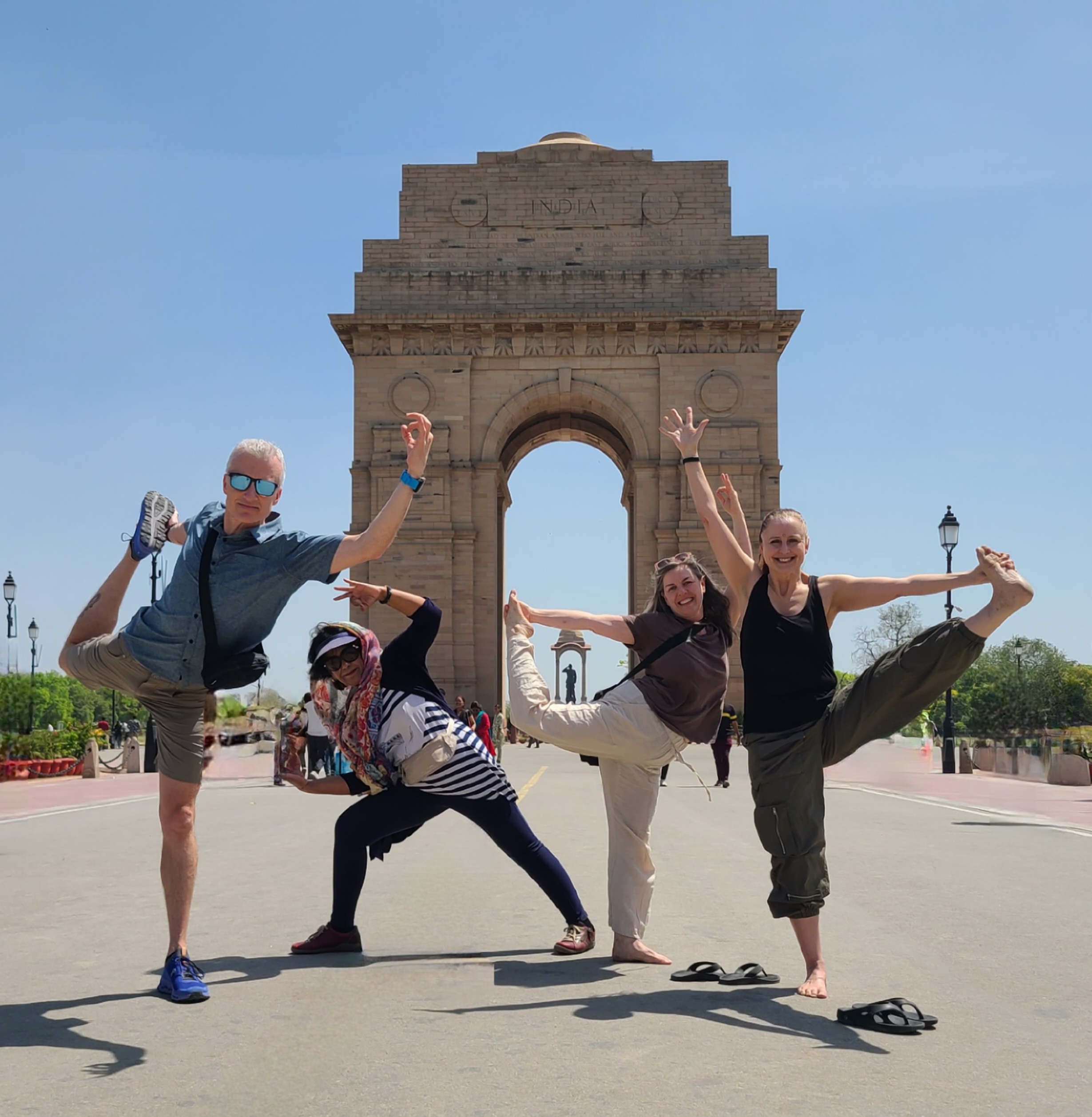
hatha-yoga
-
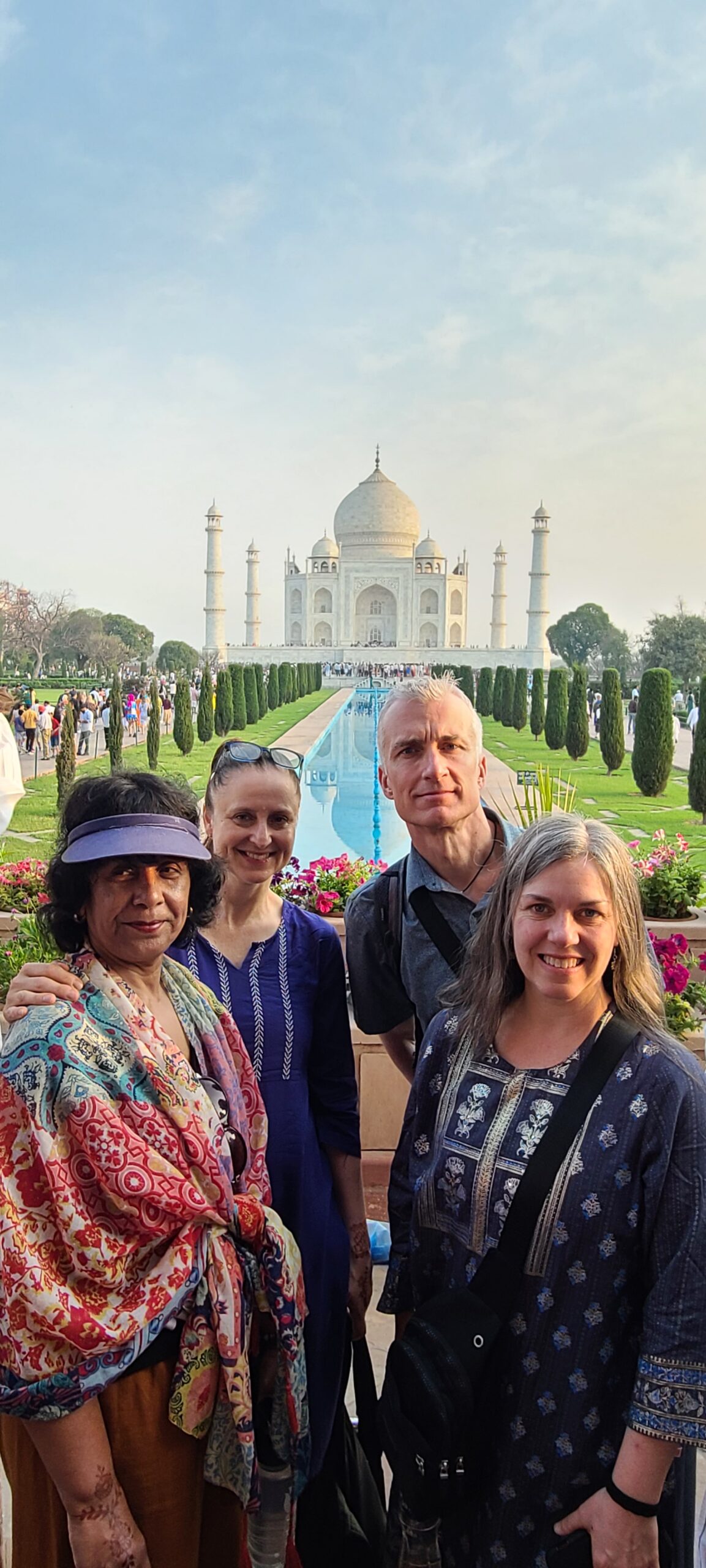
-
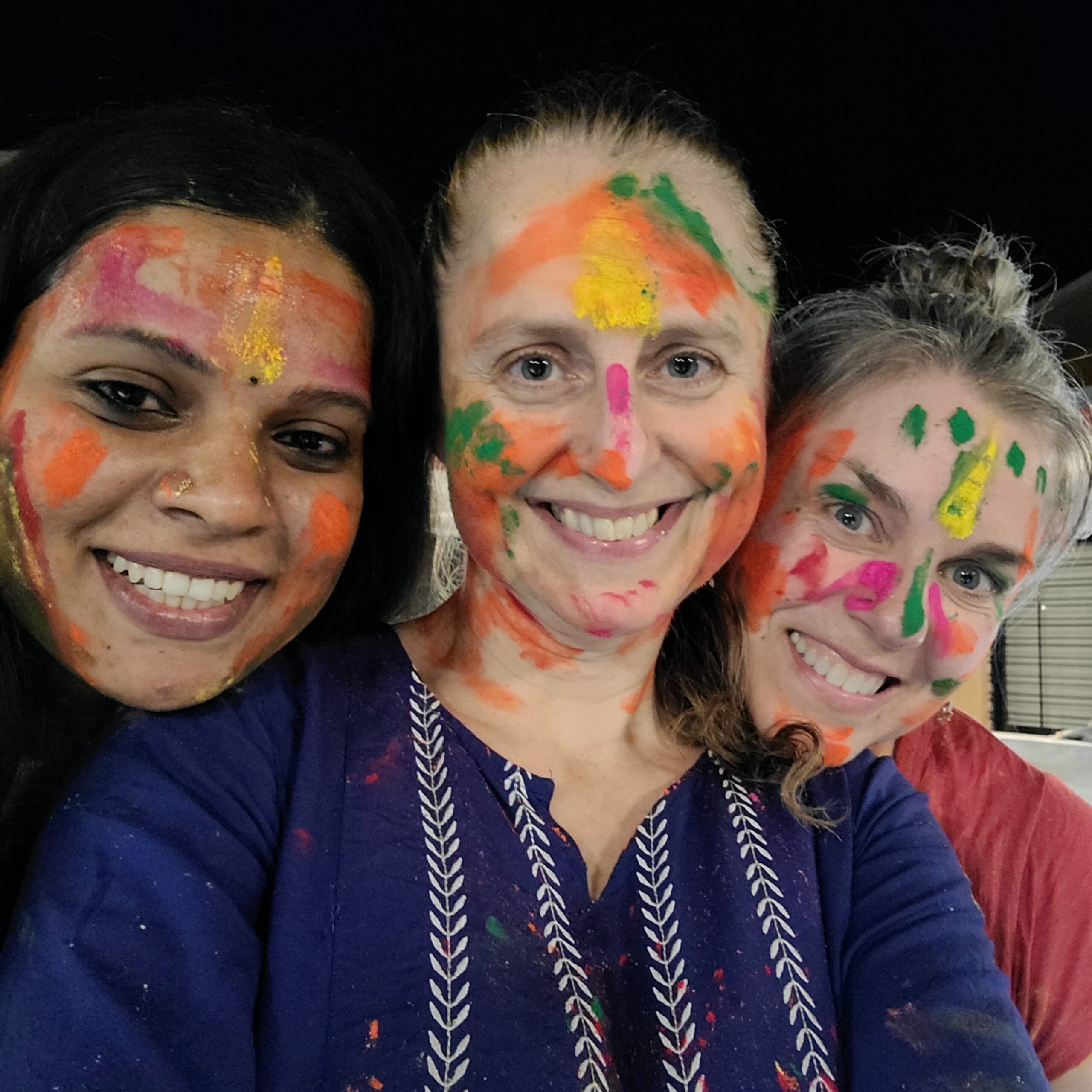
-
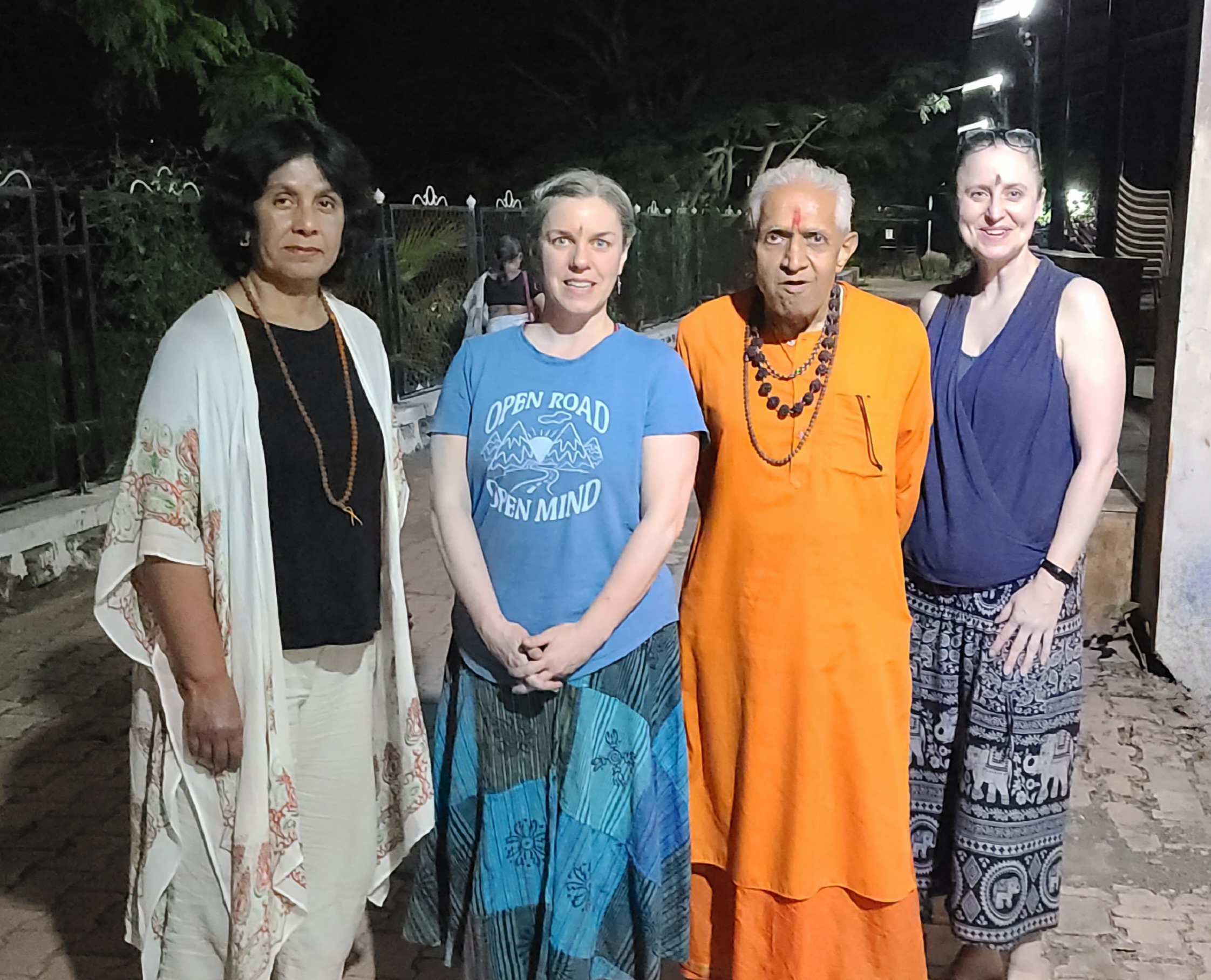
-
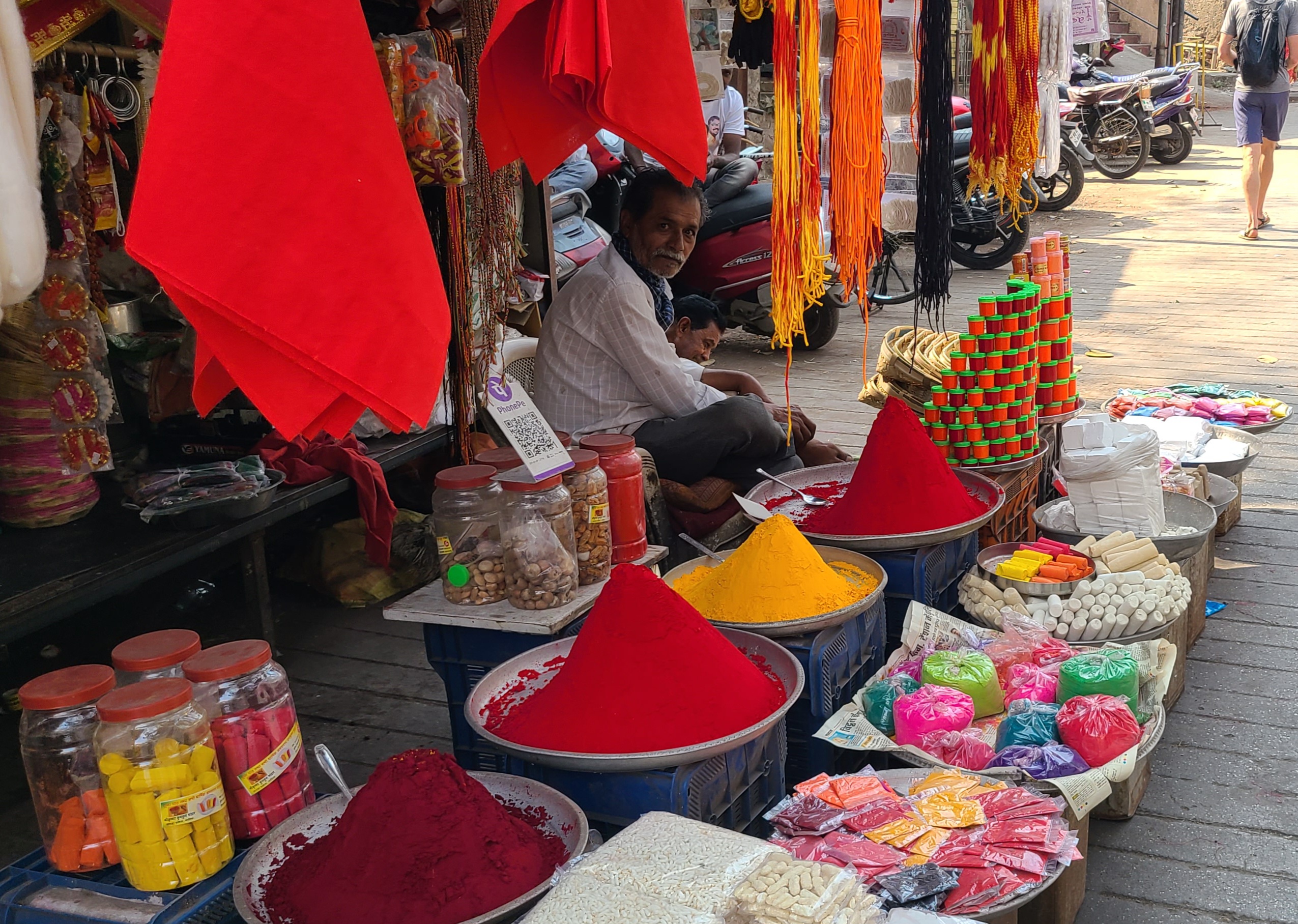
-
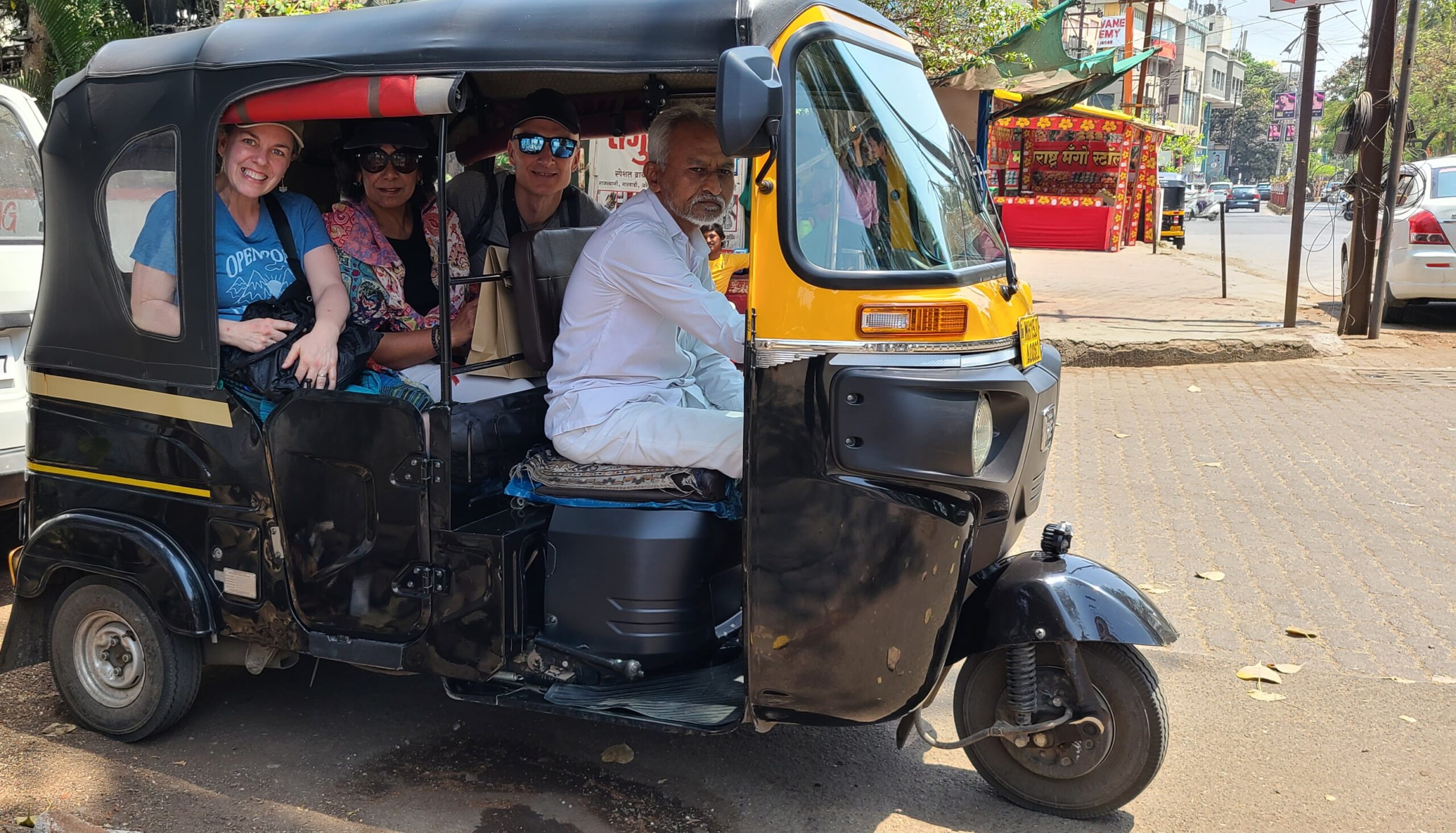
-
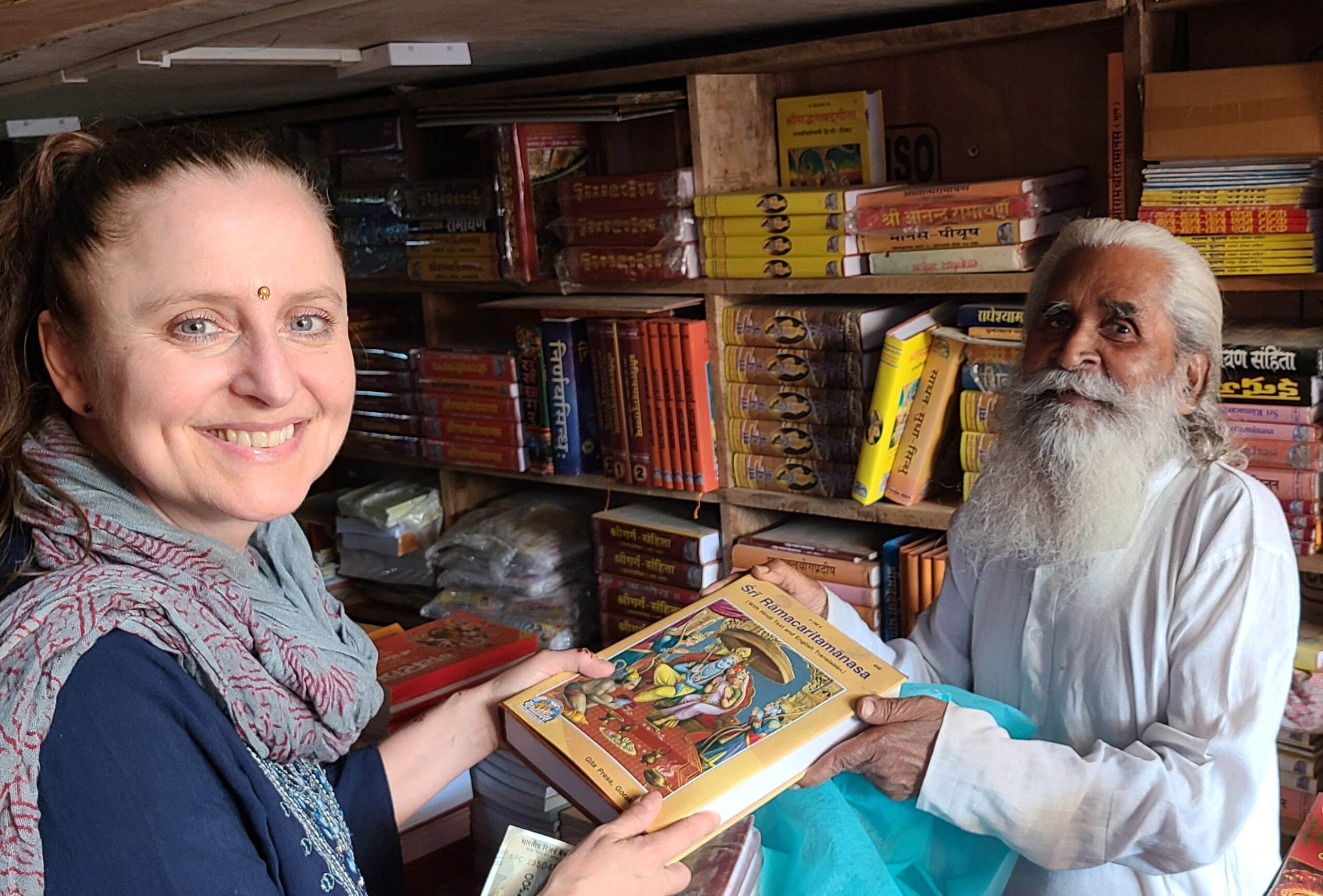
-
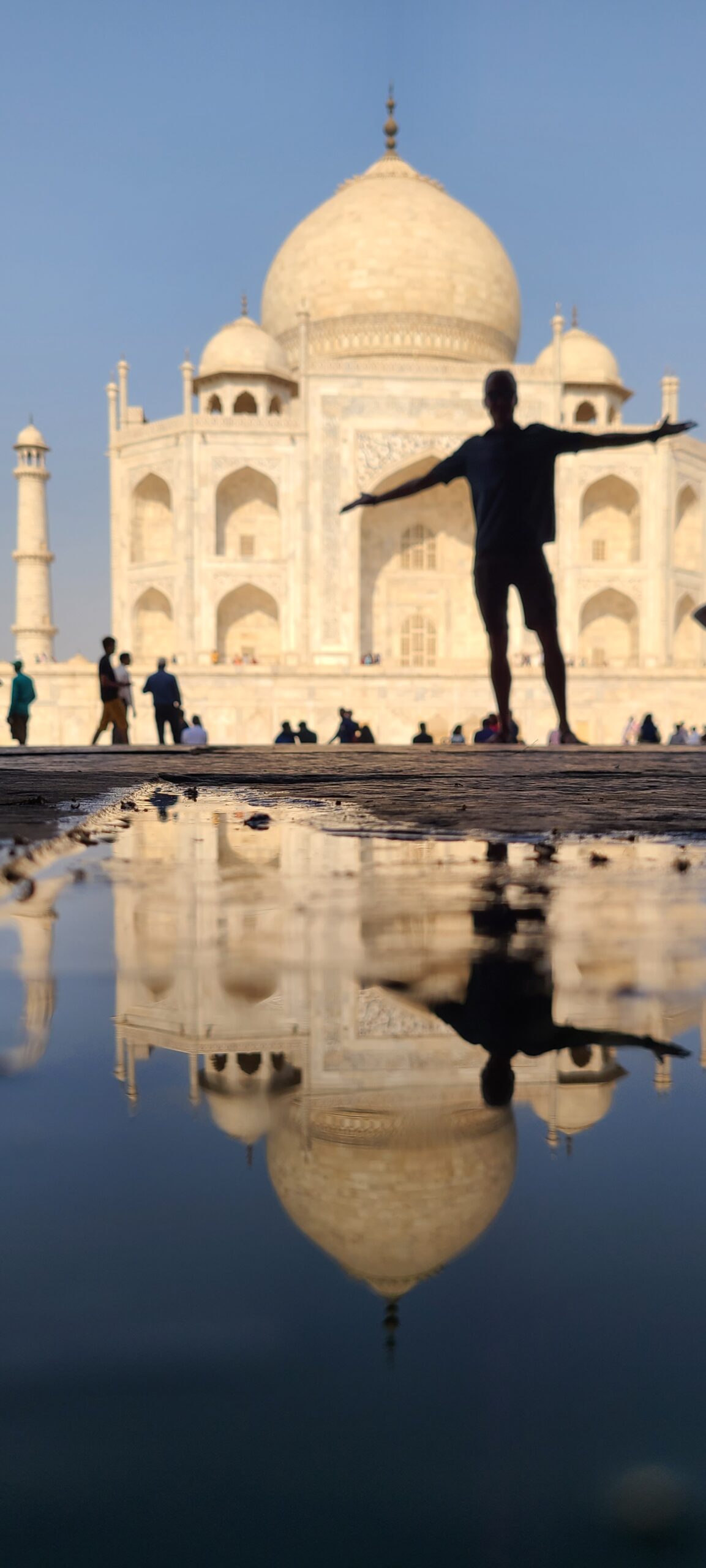
-
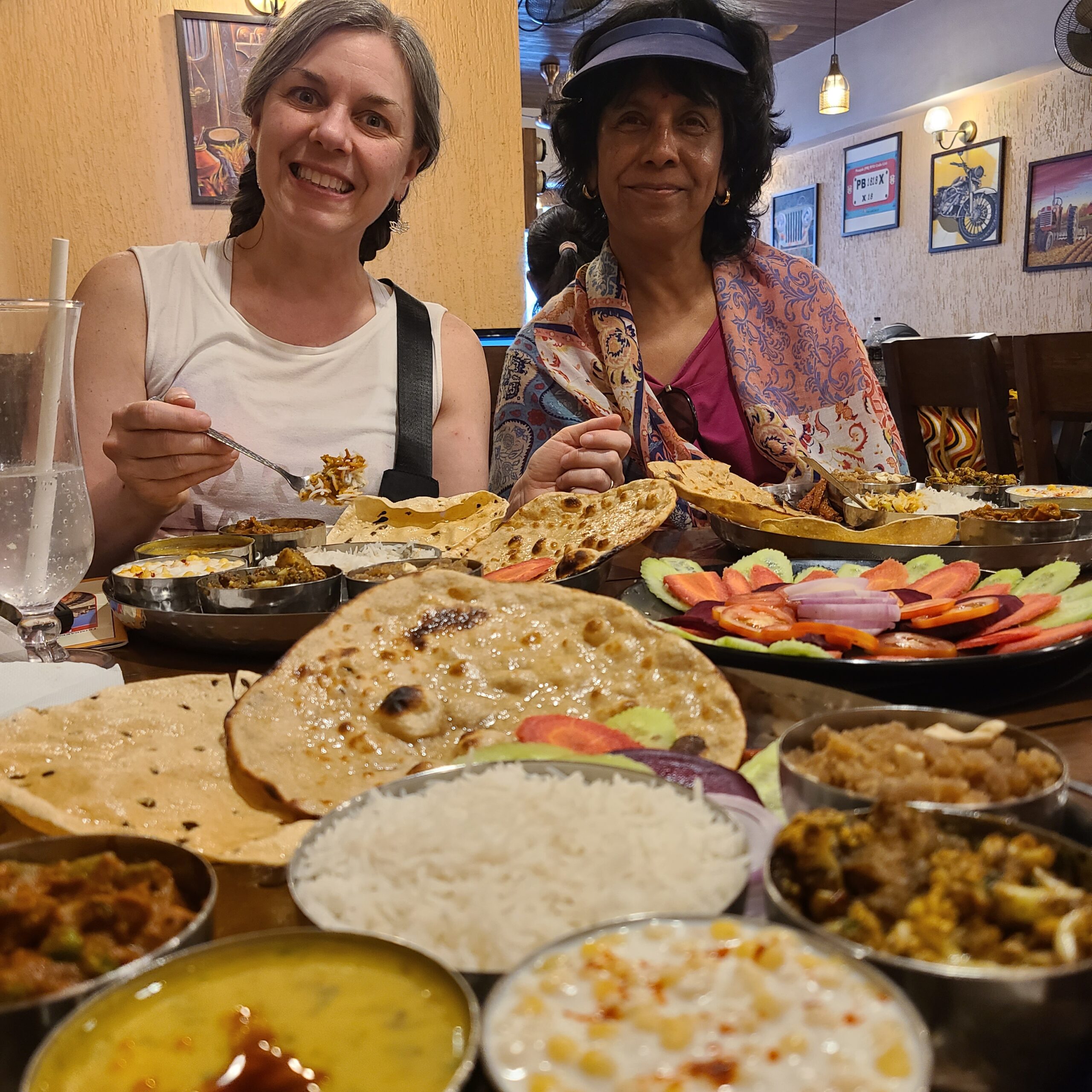
-
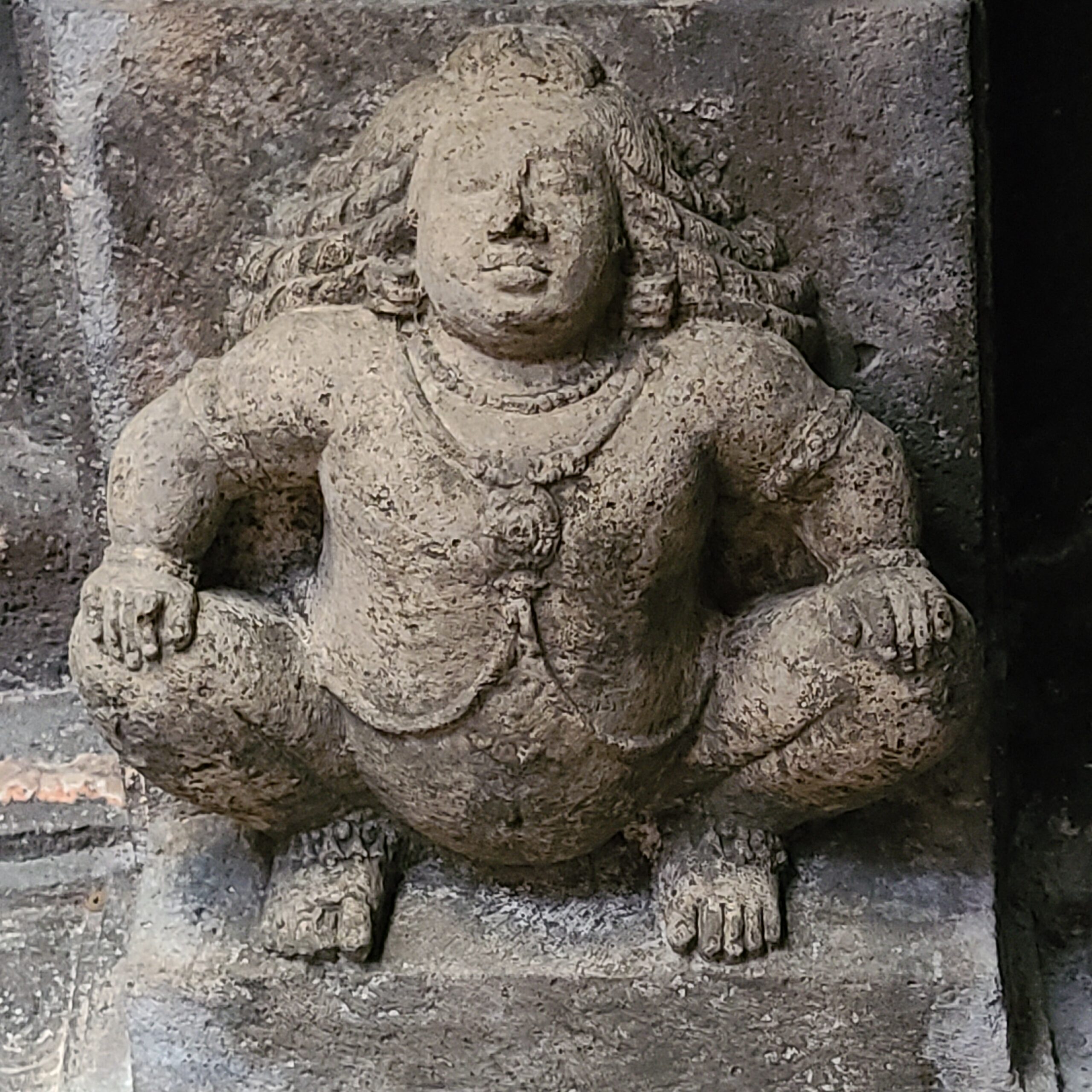
-
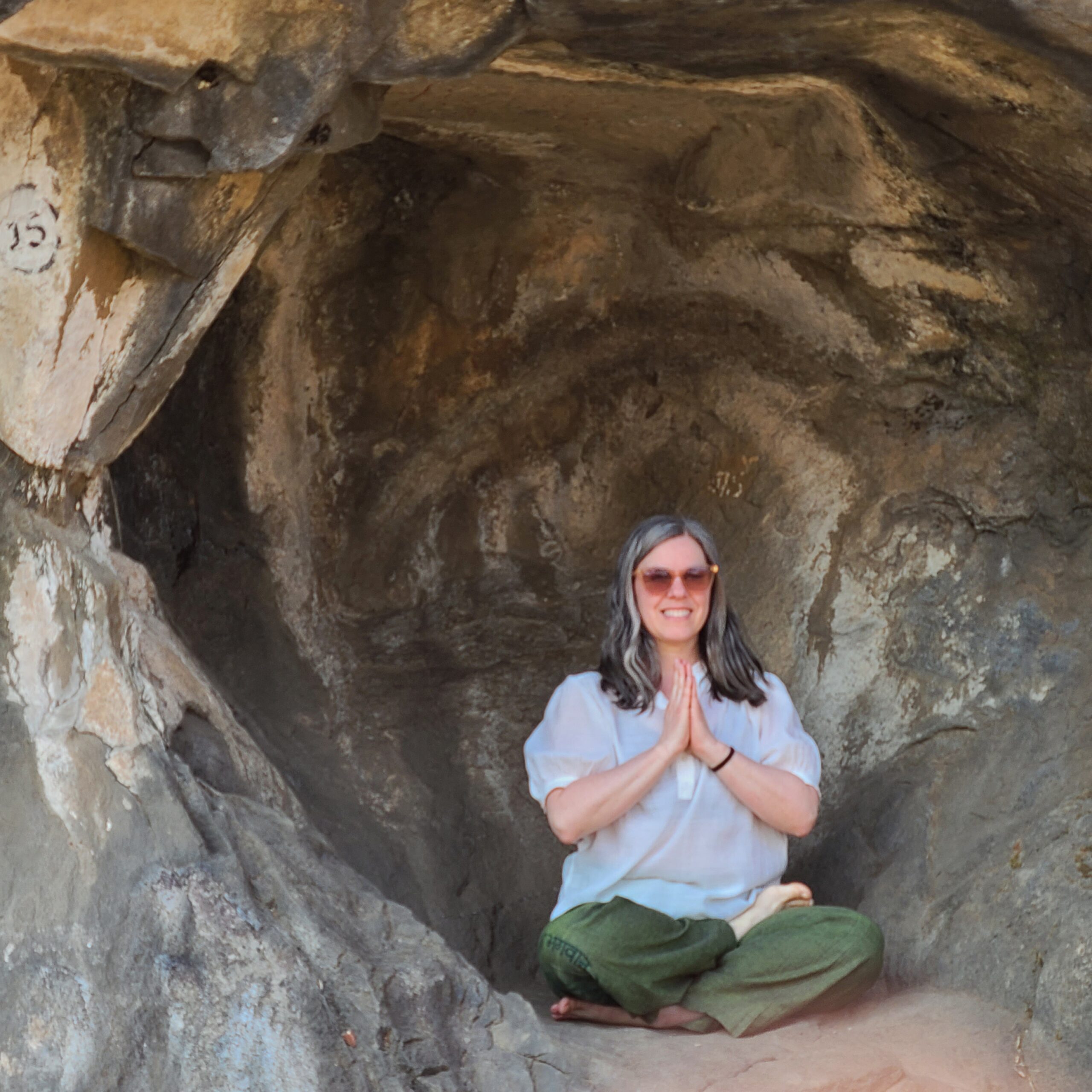
-
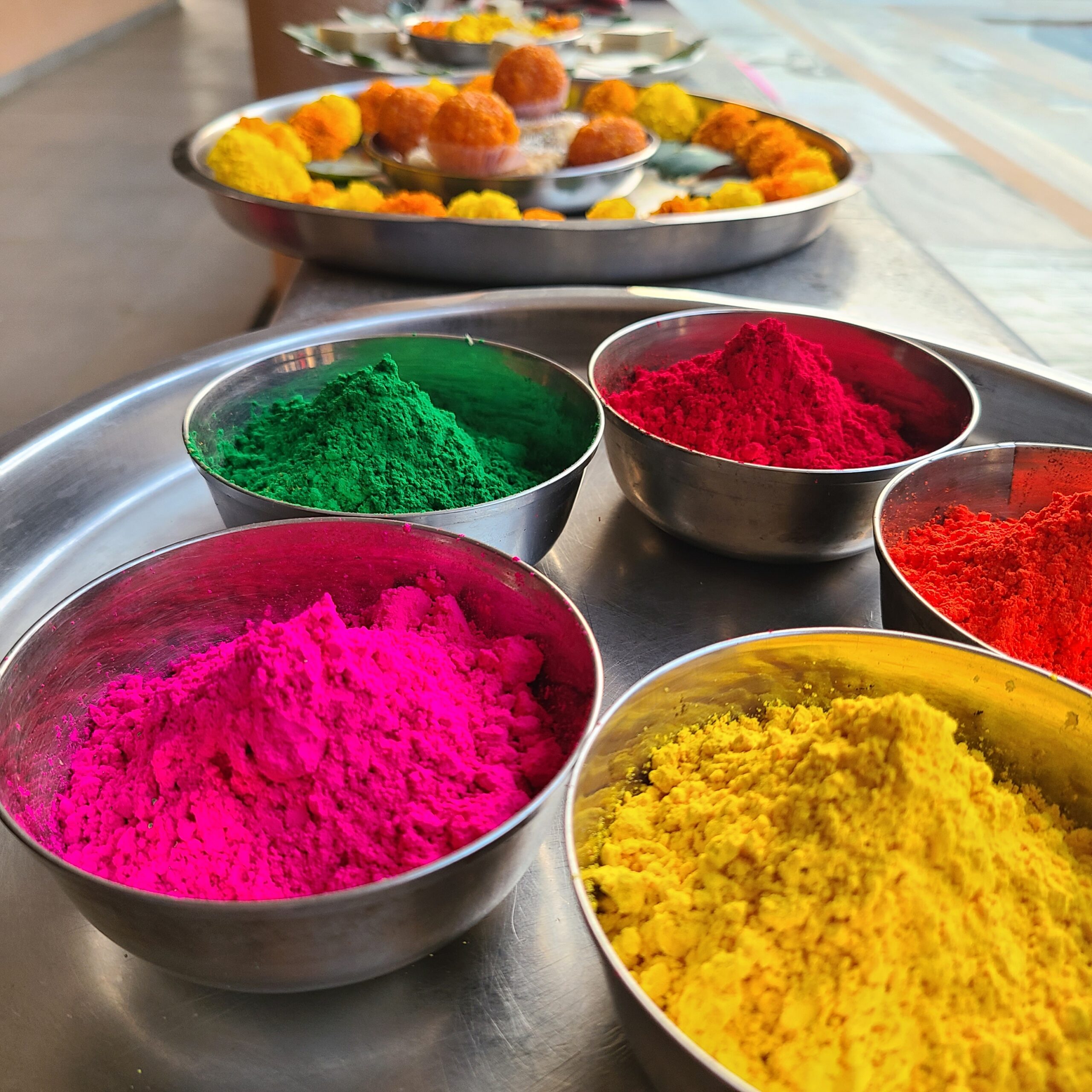
-
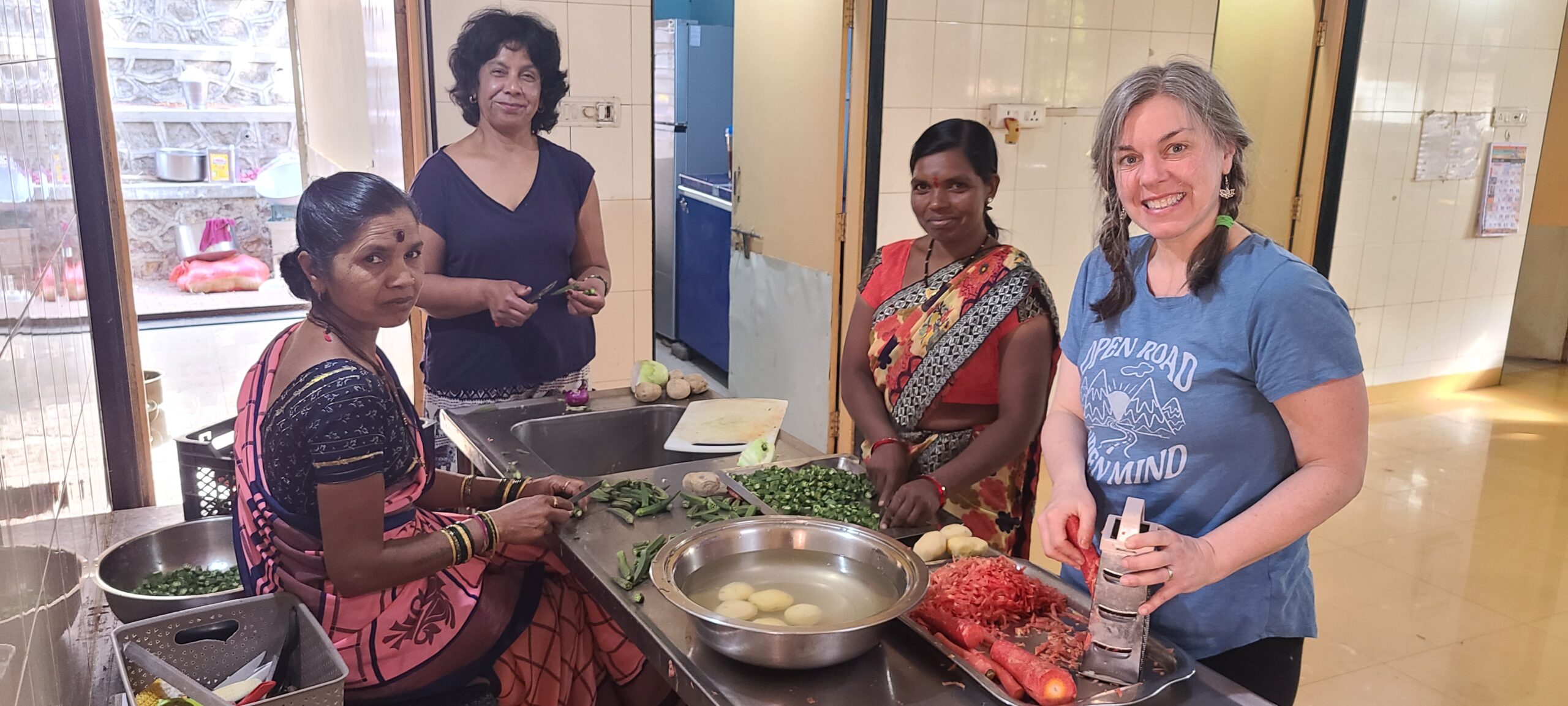
-
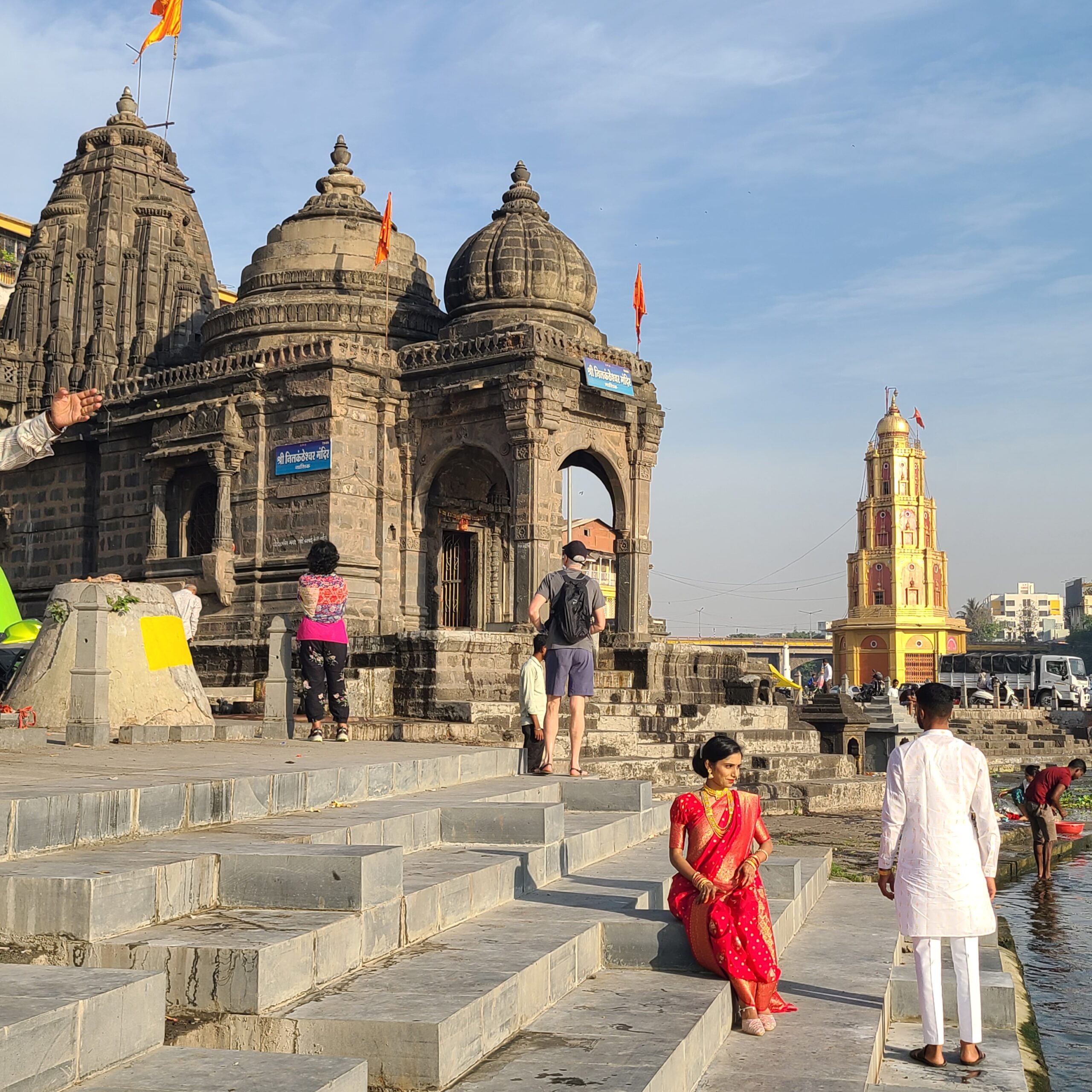
Who
Daytrips & Sacred Sites
Nashik Area
While little known to the Western Tourist, the city of Nashik and its environs is one of the most sacred places in India. It plays a pivotal role in the Ramayana epic, and every 12 years is host to the largest pilgramage on earth, the Kumbh Mela. Devotees come to bathe in the sacred Godavari River that flows through the heart of Nashik, to free themselves from sins and to become liberated from the cycle of birth and death. This area is also home to the birthplace of the monkey god Hanuman, has one of the 12 most sacred jyortirlinga Shiva temples, and is an important site for the development of early Buddhist practices. *Specific site visitation may be dependant on weather conditions, site maintence or other unforseen circumstances. *Shopping opportunities will be made available at convenient points throughout.
-
Ancient Buddhist Rock Hewn Caves
The Pandav Leni Caves consist of twenty four 2000 year old rock cut temples holding various statues of Buddha, each a unique example of buddhist architecture and art at various stages Buddhism’s early development.
-
Trimbakeshwar Shiva Temple
An ancient Hindu temple dedicated to Lord Shiva that holds 1 of 12 sacred Jyotirlingas that are part of a pilgramage all on their own. This Jyotirlinga is extraordinary as the only one featuring three faces, representing Lord Shiva, Vishnu & Brahma. Adding to its importance is its location, at the origin of the sacred Godavari River.
-
Birth Place of Hanuman
A short hike up to Anjaneri Hill boasts incredible views. Among the sites along the way is the understated temple dedicated the Goddess Anjana, and the cave where she is thought to have given birth to Lord Hanuman.
-
The Old City & Bathing Ghats
The Godavari is one of the three holy rivers of India. It is here that Lakshmana cut off the nose of a demoness, giving Nashik its name, which comes from the Sanskrit word nasika, or nose. Situated in the Old city Ramkund is a sacred bathing ghat on the Godavari where Lord Rama and his wife Sita are thought to have bathed during his exhile. Today pilgrims come here to bathe, pray, and immerse the ashes of their dead in this temple dense area of the city.
-
Sita Gufa
The 3000 year old site where Lord Rama, Lakshmana, and Sita lived while in 14 years of exile. Walk under the 5 (panch) ancient banyan trees (vat) from which this area of Panchavati gets its name. These surround the Devi temple which has an entry way to the cave that is thought to have been the trio’s living area. It is also the famed location for Sita’s abduction and the reason for Rama’s famed journey to Sri Lanka to save her. Line up with devotees to await your turn to crawl into cave tunnels that lead to the shivalinga at the center. The spiritual resonance is palpable.
-
Tapovan area of Nashik
A mesmerizing area of lush greenery used long ago as a meditation area for the great sages, hence the name Tapo-van (meditation forest). This area is believed to have been part of the holy Dandaka forest from the Ramayana. It is here on the banks of the sacred Godavari River that Rama’s brother cut off the demon Surpanakha’s nose for her advances toward Rama. It is from this incident that the ancient city of Nashik (Nose) gets its name.
ABOUT THE INSTRUCTOR
The Psoas, Sitting, and Stress Connection
Understanding the sitting-psoas-stress circuit, and how to disrupt it.
Sitting has been dubbed the “New Smoking” in recent times due to its negative wellness impact.[1] There are a few obvious reasons for this. One being that if you are sitting you are obviously not moving your body, which is necessary for all our tissues, organs, and systems to function optimally. Secondly, unless one is carefully paying attention to the position of the pelvis when seated, the low back can experience undue pressure. This is not helped by the fact that sitting is often a workplace related “activity” that can be associated with job stressors.
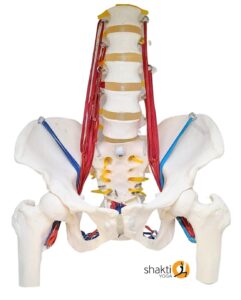
The potentially negative health impact of sitting however extends beyond skeletomuscular mechanics to nervous system function. This is due to a combination of the shortening of the psoas muscle, and the resulting muscle tension which occurs when sitting for long periods. Psoas tension impacts nervous system response. To understand this connection requires an awareness of human nervous system evolution, and the anatomy of the psoas muscle itself.
Humans are mammals. We have evolved to survive. For most of our time on earth survival mainly meant avoiding becoming a meal for larger animals. To this end, being happy and relaxed would be much less of a survival requirement than being alert to danger. As a result of this evolutary pressure we arrive in the modern day with a nervous system more responsive to possible signs of danger than beautiful things like relaxing scenery. Our nervous system moves back and forth between two states of activation. Sympathetic nervous system activation (SNS) which makes us alert to potential threats in our environment. The SNS triggers our body to prioritize functions that enhance our ability to fight or flee, sometimes resulting in unconscious safety postures such as flexing forward to protect vulnerable organs. Parasympathetic nervous system activation (PSNS) signals the body to relax, turn off protection responses, and focus resources on optimal cell, organ, and system function. Ideally, we spend more time in PSNS, only moving into SNS activation when the body truly requires this response.
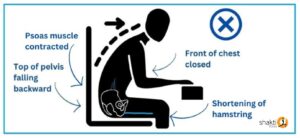
Our ancient nervous system activation is inextricably tied to the psoas muscle, the strongest hip flexor. Psoas contraction is a major part of bringing the body into a flexed protection posture if danger is detected in our environment. The body and mind are in constant communication with each other. Just as a thought can trigger our body to prepare for danger, our body can also signal protection information back to the brain. If the psoas is shortened due to long periods of sitting, the nervous system can become confused and may assume this muscle is shortened because a protection response is needed. This means the body can trigger a low-level fight or flight response simply because the psoas is slightly flexed and tense. The fact that sitting poorly also usually results in a slightly flexed upper body adds to this effect. Upper body flexion results in shallow breathing due to decreased space for lung expansion. This becomes a second signal to the brain that our environment may not be completely safe.
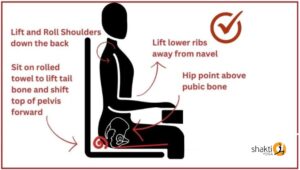
We can reset the nervous system by sitting in ways that do not create psoas tension, and allows for deeper breaths.
The great news is that simply being aware of the connection between sitting, psoas, and stress provides us with an opportunity to use movement, posture, and breath awareness to calm the nervous system. A simple three stop process that you can do at work or home when sitting and feeling anxiety is described below.
Three Step Immediate Psoas Reset
- Step 1: Upper Body Posture Reset
If the upper body is slumped forward there will not be enough space for effortless expansion of the lungs. The brain associates shallow breathing with a need for protection response. Opening the upper body opening will allow for deeper breaths. If you are sitting and feel tension the first thing to do is lift the chest. Roll the shoulders down the back, lifting the bottom ribs away from the naval.
- Step 2: Breath Awareness
Now that the upper body is open, bring the palms to the lower ribs on each side. Visualize the breath pouring in through the nostrils and spreading the bottom of the lungs wide before slowing filling the rest of the lungs. You will feel the breath moving toward the collar bones and lifting the ribs. Keep the front of the body lifted as you drop the hands to the lap, and allow the breath to slowly release through a hanging open mouth. The jaw and face are completely relaxed. Allow the breath to effortlessly leave the body like a slowly deflating tire. Repeat for 3-5 breaths or more. Do this anytime you need to reset body, breath, and mind.
- Step 3: Psoas Release
Psoas lengthening can be added to this practice by carefully rocking the top of the pelvis to forward as you breathe deeply into your lifted upper body. This will simultaneously realign the spine for larger breath space and uncurl the psoas. For some, placing the sit bones on a rolled towel as the pelvis rocks forward can help guide the movement. The goal is to have the pointy bones at the front of the hips hover above the pubic symphysis bone (See Image).
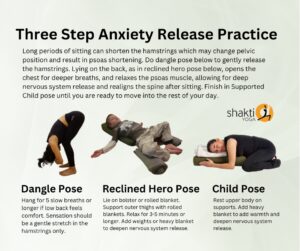 Three Step Psoas Maintence Practice
Three Step Psoas Maintence Practice
While the above 3-point practice will be helpful in a moment of tension, a more dedicated practice for psoas maintence will further enhance its effect. Sitting creates tight hamstrings which can impede the pelvic forward movement. Giving some attention to releasing the hamstrings should be done on a daily basis. Dangle pose (See image) will do this. Gentle restorative back bend positions will also allow the front body muscles to lengthen for easier breaths, and assist the psoas to release. One particularly effective pose is reclined hero. Lie with the back on a bolster (or rolled blanket), bring the soles of the feet together with bent legs falling open to the sides. Support the outer thighs with a rolled blanket. Set a timer for 5-10 minutes. This allows for a full psoas release that will reassure your nervous system that you are safe. It will also lengthen chest muscles to allow deeper breaths to happen unconsciously as you move through day. Finish with child’s pose because nothing calms the nervous system more than relaxing in the same position that you grew in.
A more intensive psoas maintence approach can be found in a Neurogenic Yoga class. Neurogenic yoga triggers a tremor response that allows both recent, and long-held tension, stress, and trauma to be released. Find more information, or to register for one of Bobby’s upcoming Neurogenic classes at this link to Shakti Yoga Method Neurogenic Yoga Classes.
Wishing you a wonderful day of deep breaths and nervous system calm.
[1] James Vlahos, Is Sitting a Lethal Activity? New York Times Magazine, April 12, 2011
Massaged Kale and Goat Cheese Salad
Massaged Kale & Goat Cheese Salad
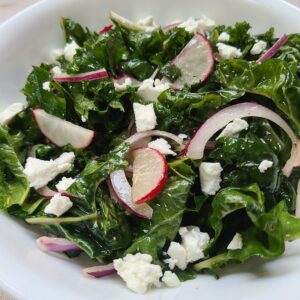 For many kale is known as a vegetable eaten mostly because we are told it is good for us. I will admit that I too used to feel this way. At least I did until I was introduced to massaged kale salad. Up to that point if I found that Kale had somehow made its way into my refrigerator, I usually made it into Kale chips. Which are yummy but can’t really be called a full meal, despite the fact that I may have done just that once or twice.
For many kale is known as a vegetable eaten mostly because we are told it is good for us. I will admit that I too used to feel this way. At least I did until I was introduced to massaged kale salad. Up to that point if I found that Kale had somehow made its way into my refrigerator, I usually made it into Kale chips. Which are yummy but can’t really be called a full meal, despite the fact that I may have done just that once or twice.
Why massage the Kale? Because the salt and vinegar soften the tough Kale leaves making them the perfect texture for a salad. Add the sweet dressing to take away the bitter flavour of the kale and this super food vegetable becomes as tasty as it is good for you.
There are many health benefits to eating kale, and before I share a few, I want to point out that this salad is so delicious that once you try it you will probably no longer care about the health benefits.
And for those who hate recipes with wordy preamble, feel free to scroll down to the recipe now.
Kale is from the same family as cabbage and brussel sprouts. Studied benefits include management of blood pressure, boosting digestive and bone health, and even protecting against cancer, heart disease and diabetes. These powerful health benefits are the result of Kale being an abundant source of fiber, antioxidants, calcium, vitamin C, K, potassium, iron, and many other nutrients.
Massaged kale makes a great barbeque side salad because of it’s ability to “store sunshine” in the form of chlorophyll. This molecule helps to remove the cancer-causing carcinogens that result when animal products are grilled at high temperature, before they are absorbed by the body. [1] If you are not a meat eater you can easily make this into a full meal size salad to enjoy as you celebrate Summer with any non-vegetarian friends. I would suggest you make a large full bowl of salad for yourself, and another for everyone else, because my experience is that the meat eaters suddenly become Kale fans when this salad is brought out!
Talk to your doctor or dietitian if you have any specific health issues, or if you are concerned about adding Kale to your diet. Those with kidney stones, take certain blood thinners, or for other health related reasons may need to limit Kale in their diet.[2]
Massaged Kale Salad Recipe
Ingredients
¼ cup Olive Oil
1 tbs Apple Cider Vinegar
1 tbs Maple Syrup (or to taste)
1-2 tsps Lemon (or lime) juice
1-2 tsps Dijon Mustard
Fresh ground Salt & Pepper to taste
Kale (10-12 large leaves chopped into salad size pieces)
Goat Cheese (to taste, leave out if vegan)
¼ Thinly Sliced Spanish Onion
Optional Topping Suggestions:
Candied pecans or walnuts
Cranberries
Instructions:
Wash and dry the kale pieces well (pat dry or use a spinner). Whisk the top 6 ingredients in the bottom of a large salad bowl till well mixed. Add Kale and massage the dressing into the leaves. Toss in the goat cheese, apple slices and Spanish onion (along with any of the optional toppings). Serve!
According to ayurveda, India’s ancient system of medicine, the health benefits of a meal are a combination of many different things, one of which is the state of mind of the chef. From this perspective, how could a salad lovingly massaged into life be anything but body and soul nourishing?
Enjoy
[1] Medical News Today, What are the Health Benefits of Kale, Medically reviewed by Katherine Marengo LDN, R.D., Nutrition — By Megan Ware, RDN, L.D. on January 17, 2020
[2] Mayo Clinic Health System.org, Speaking of Health, March 17, 2023
